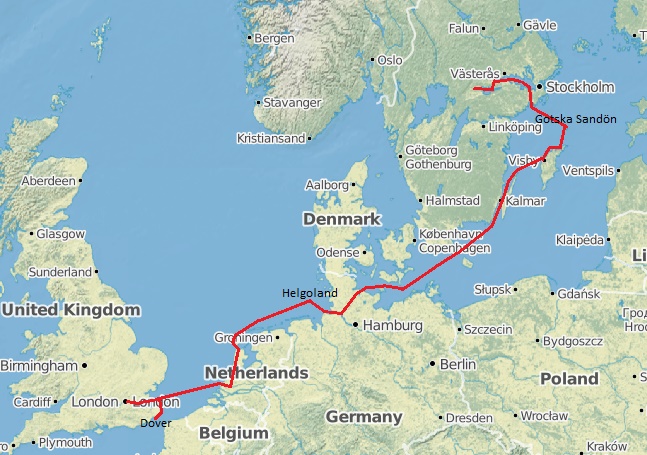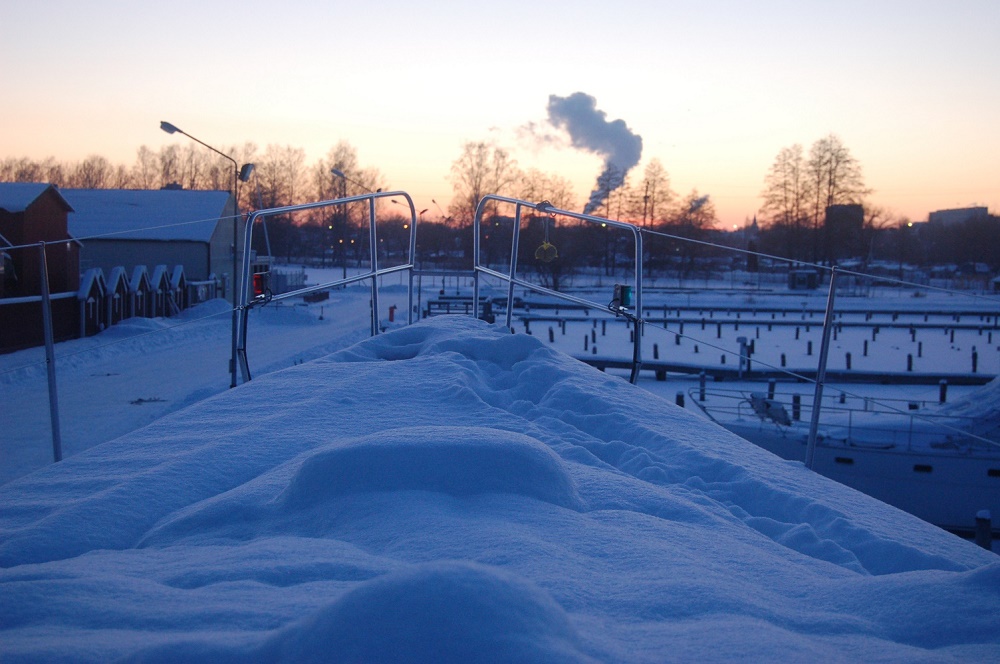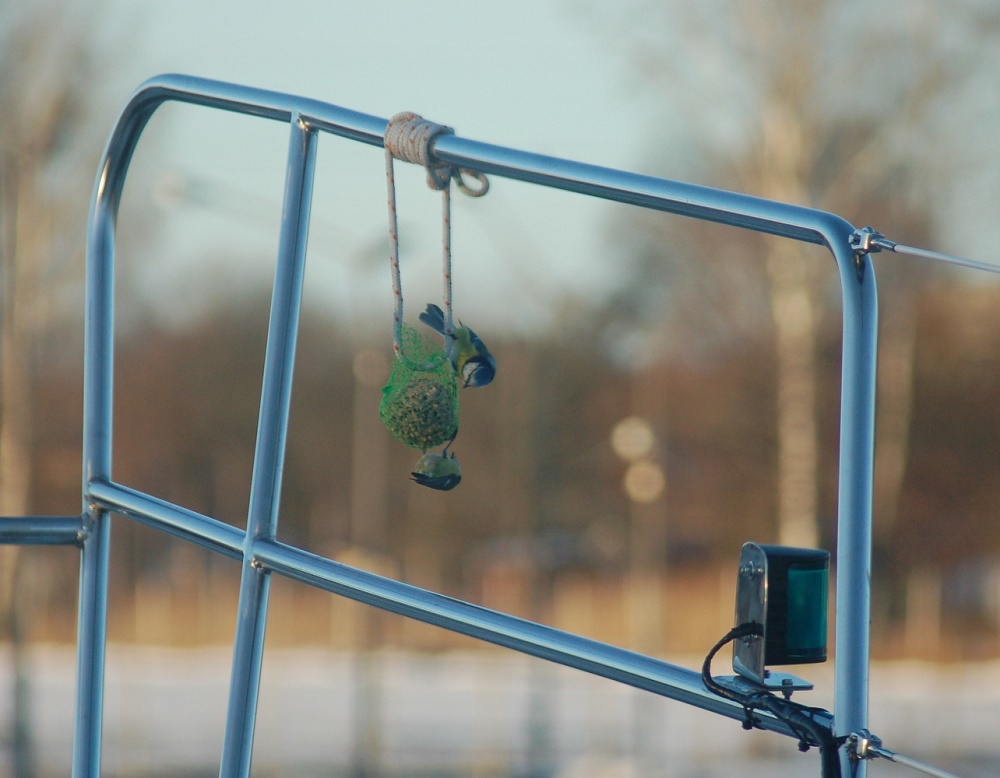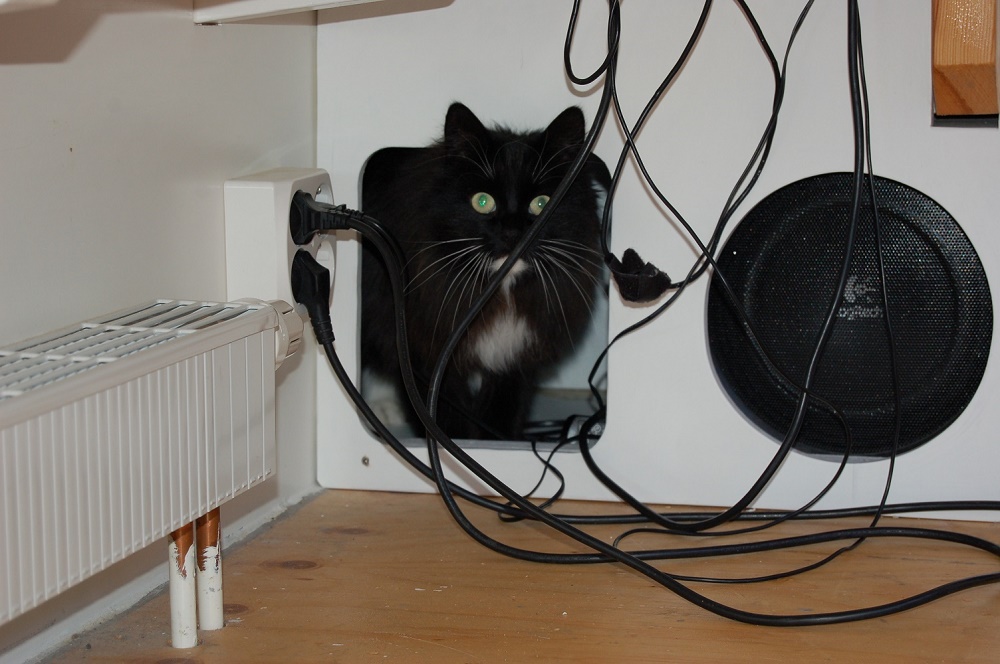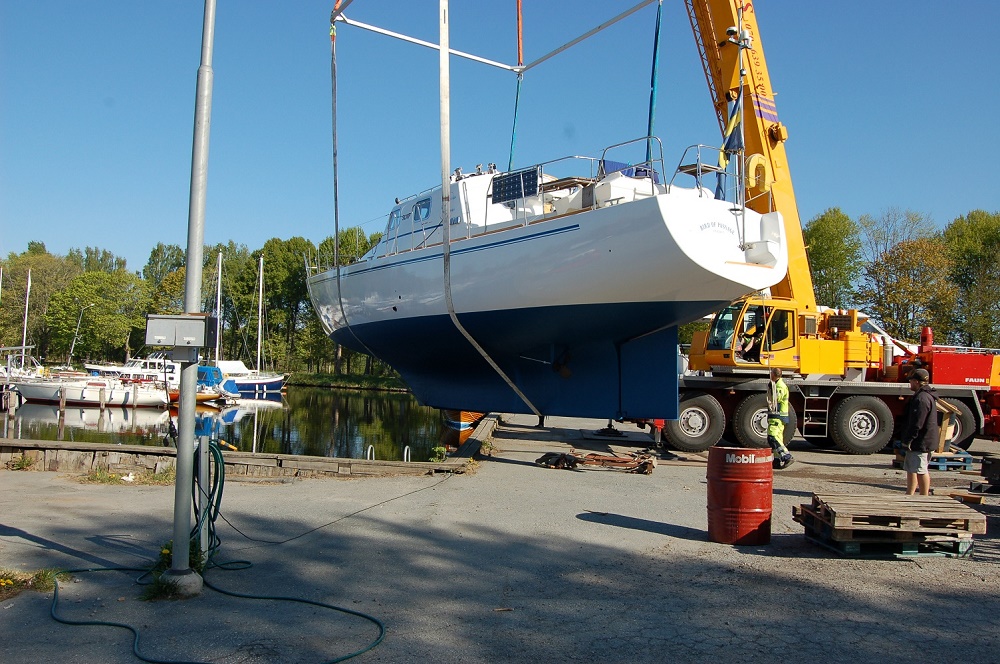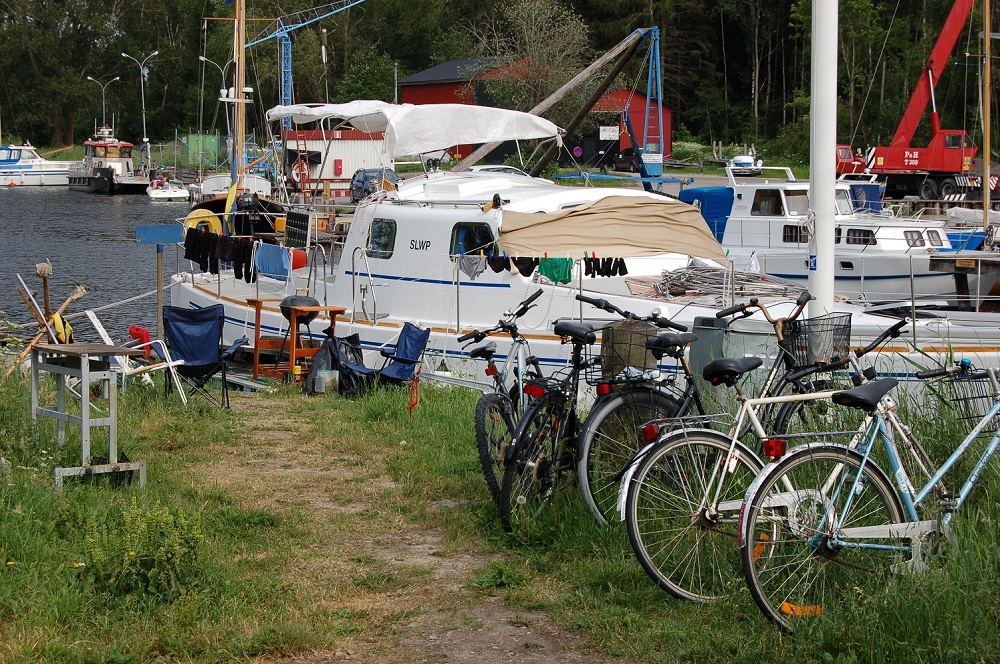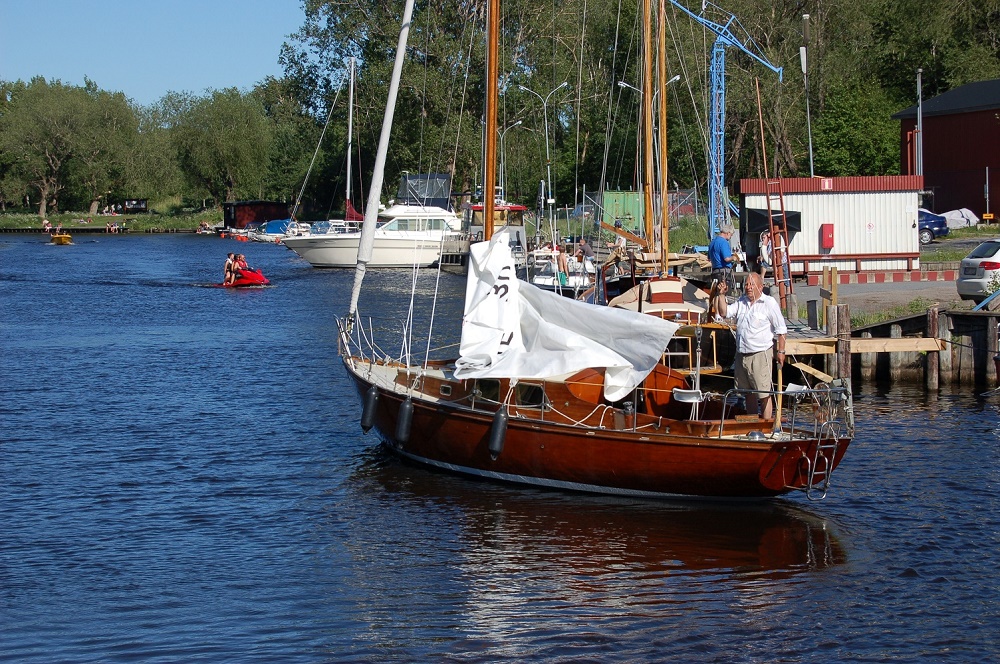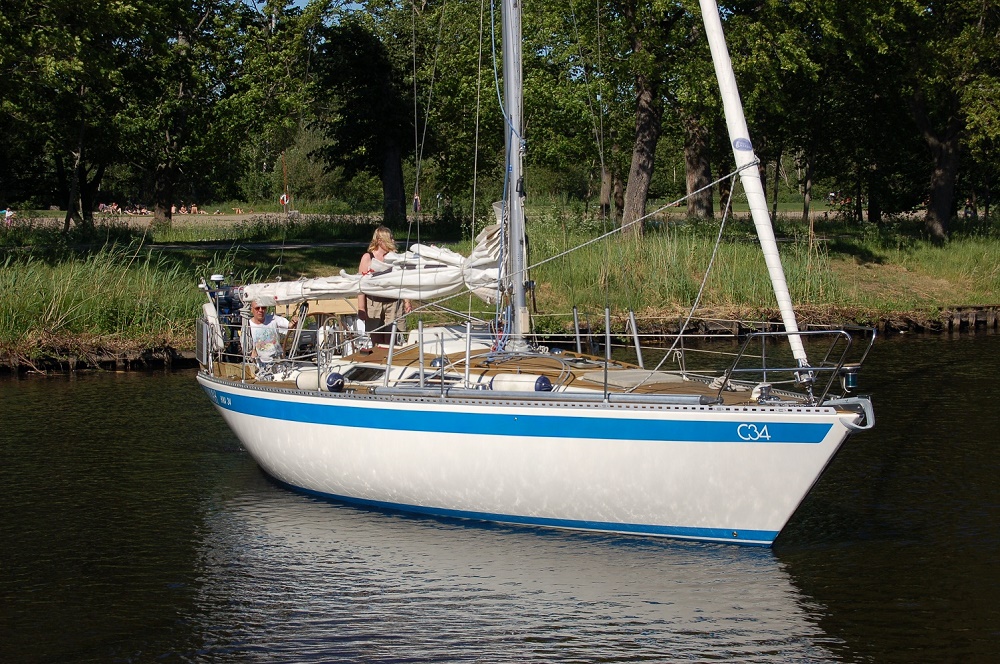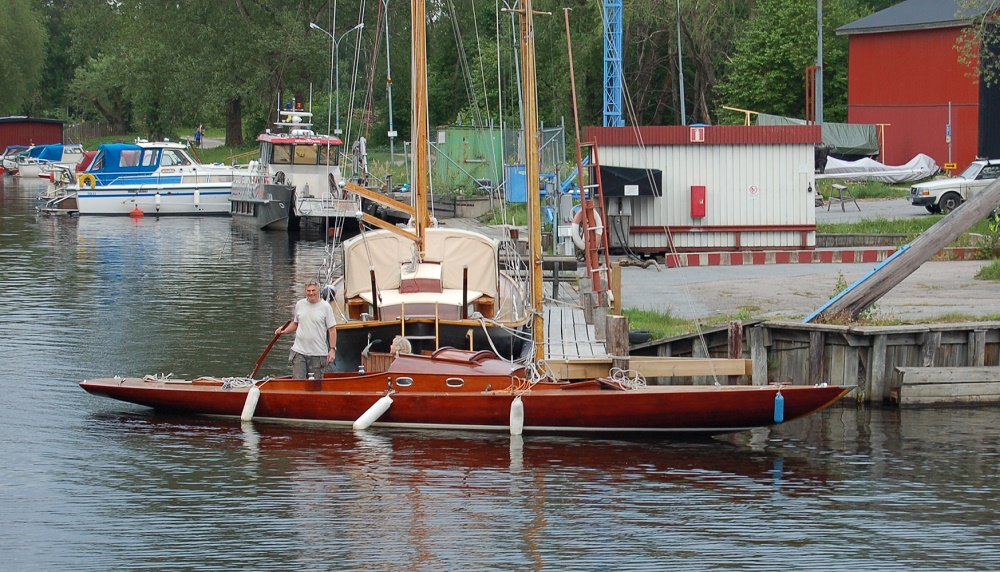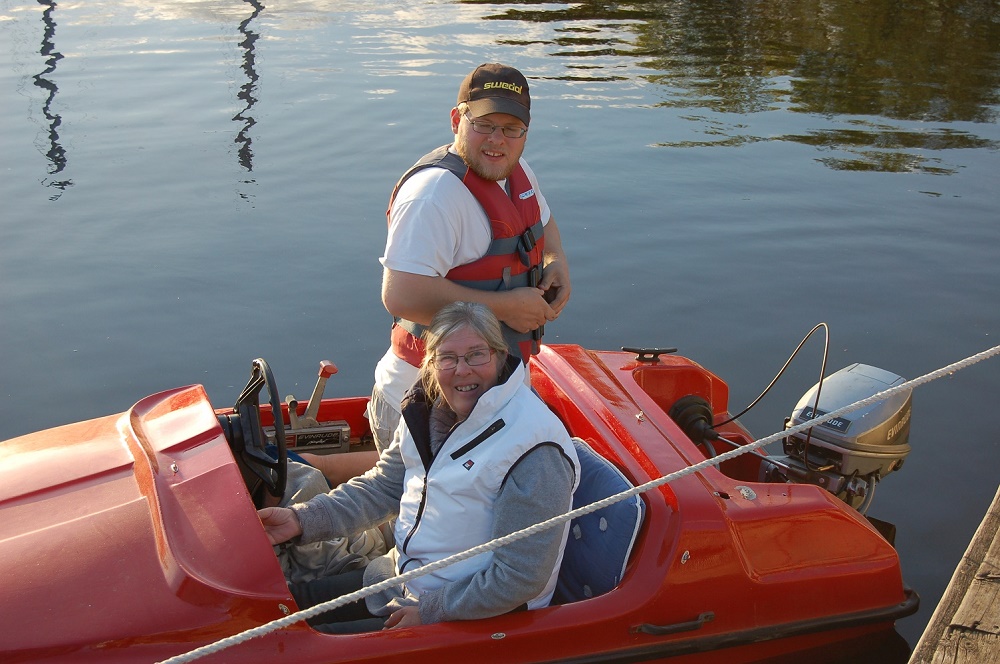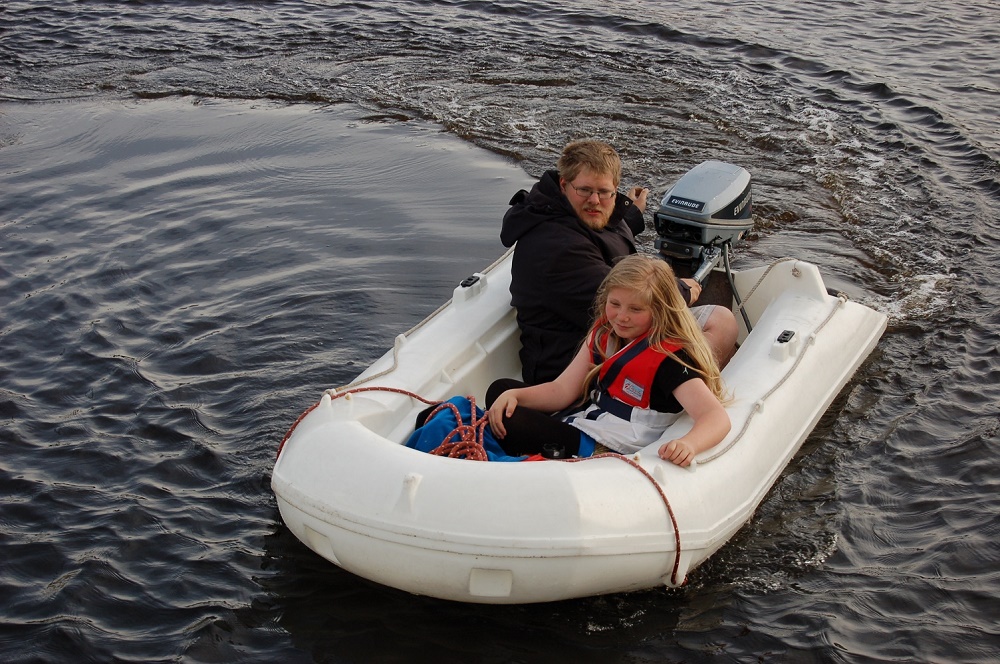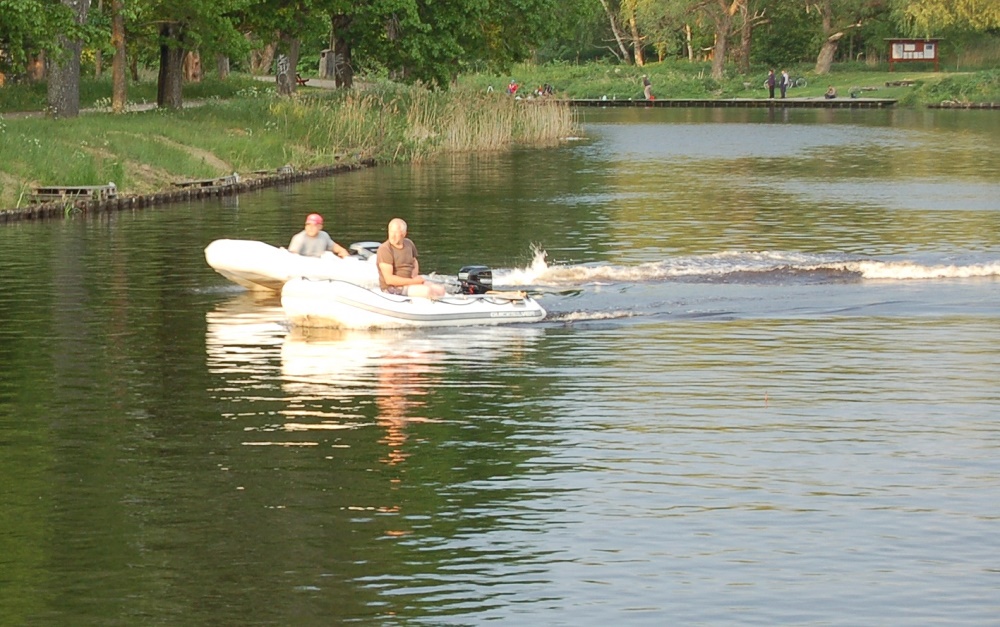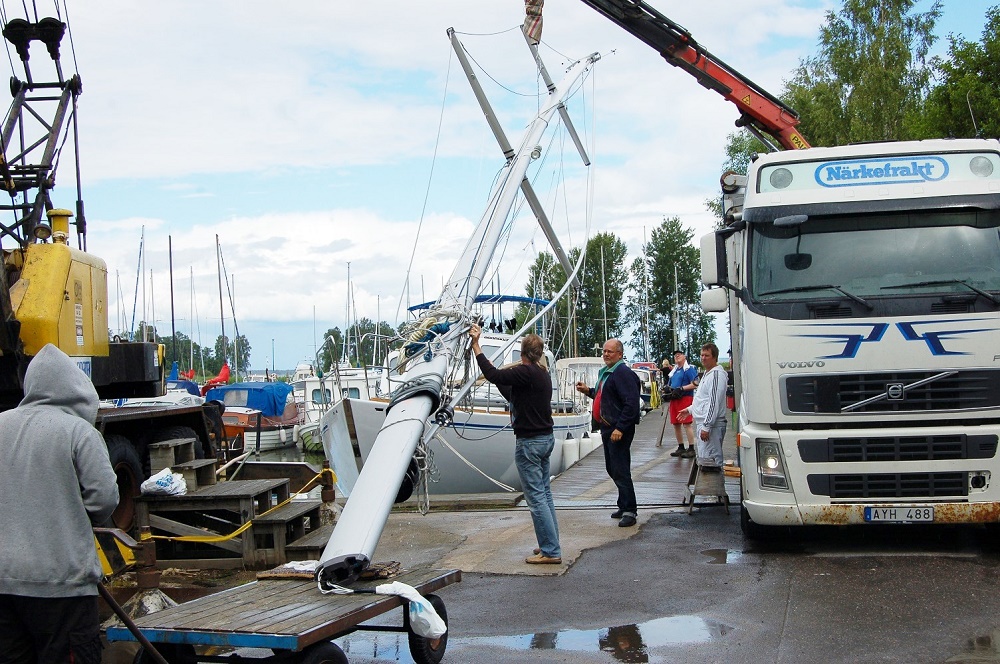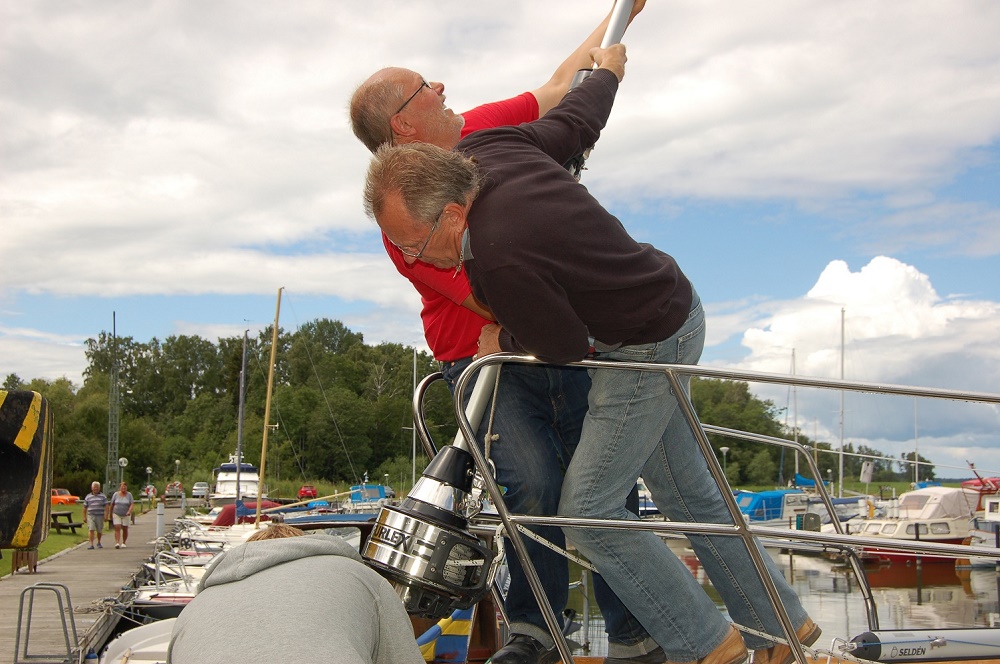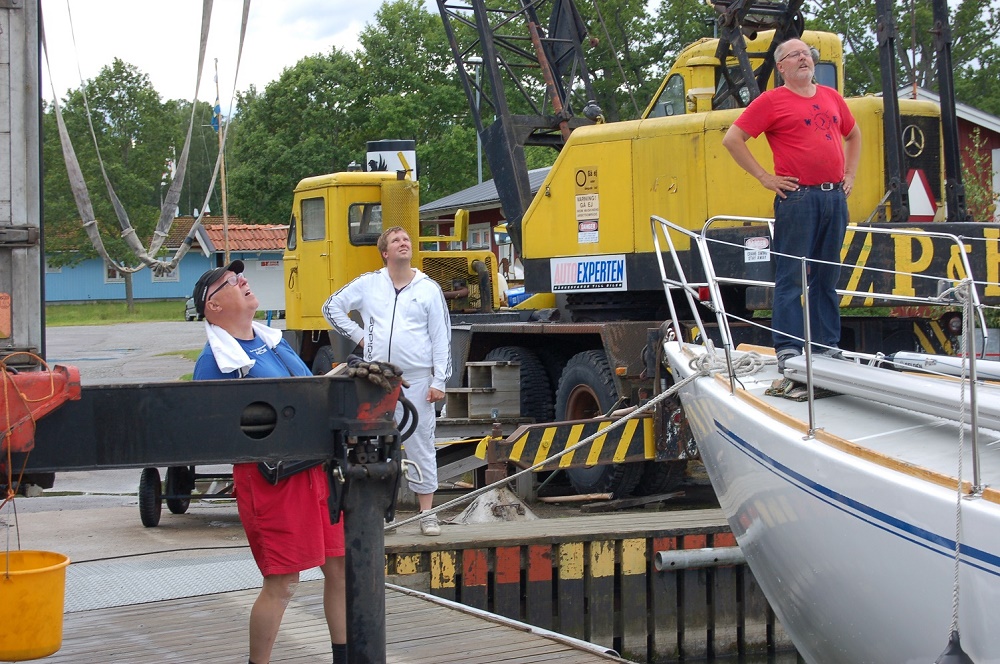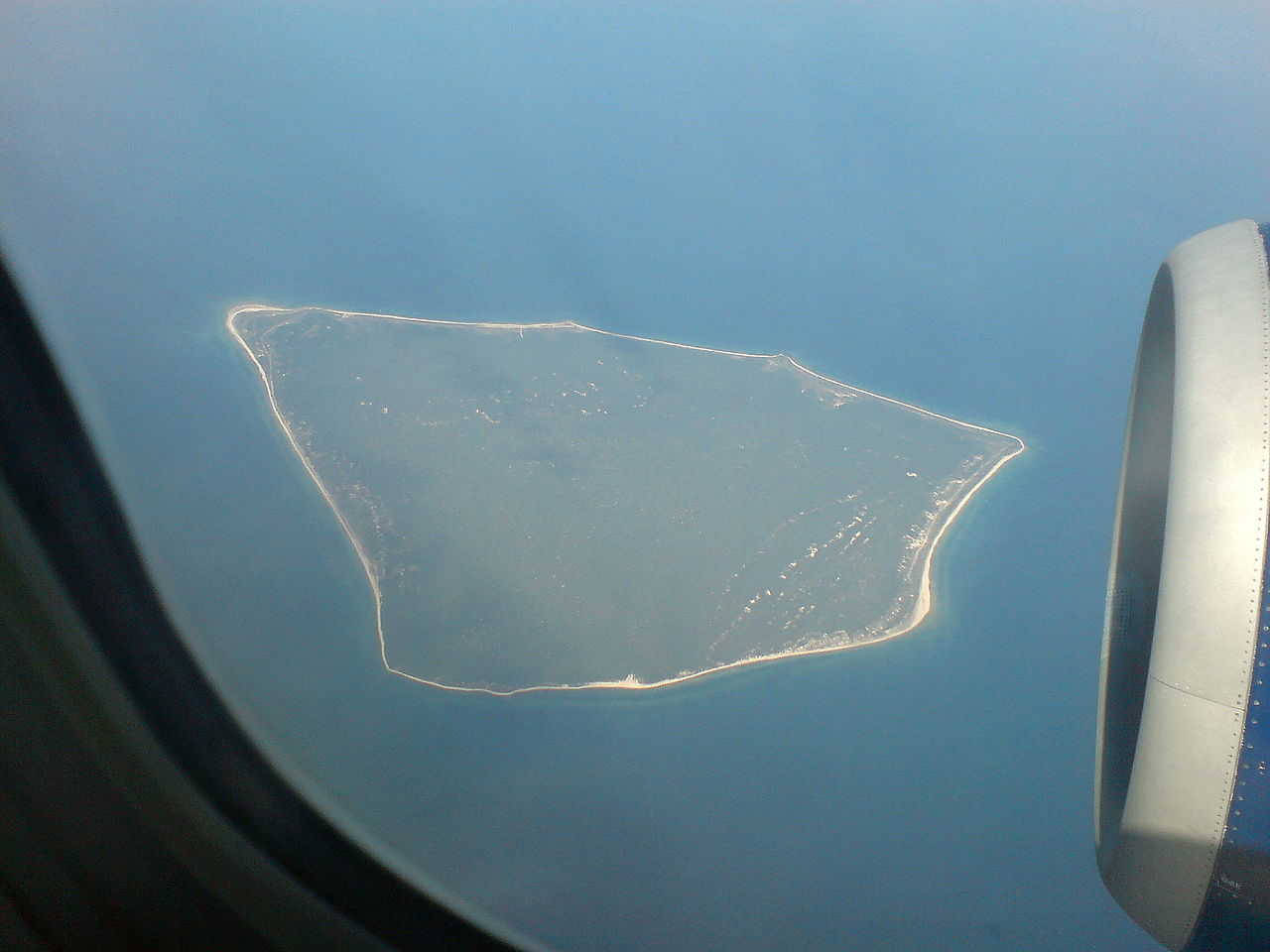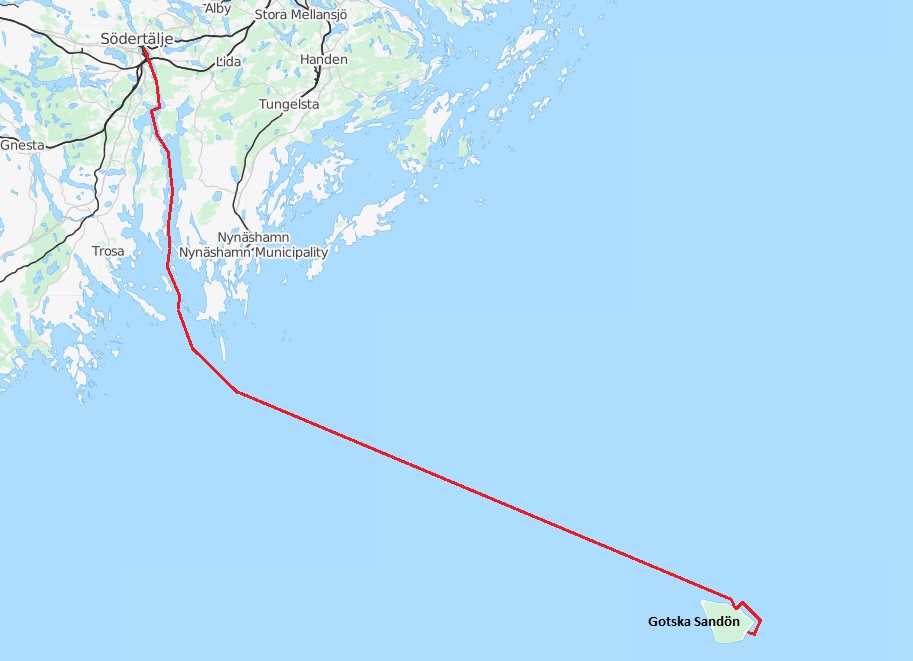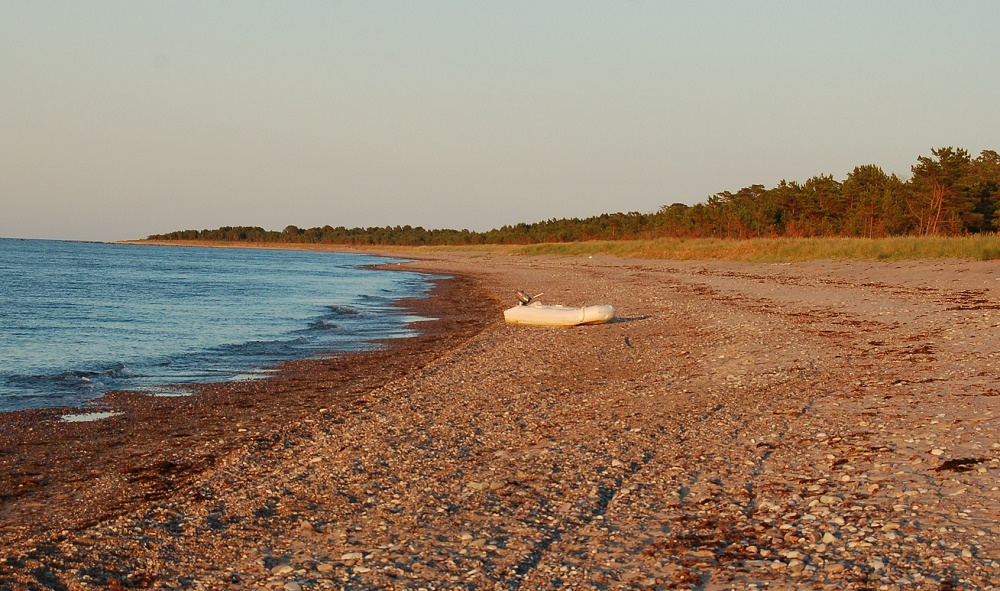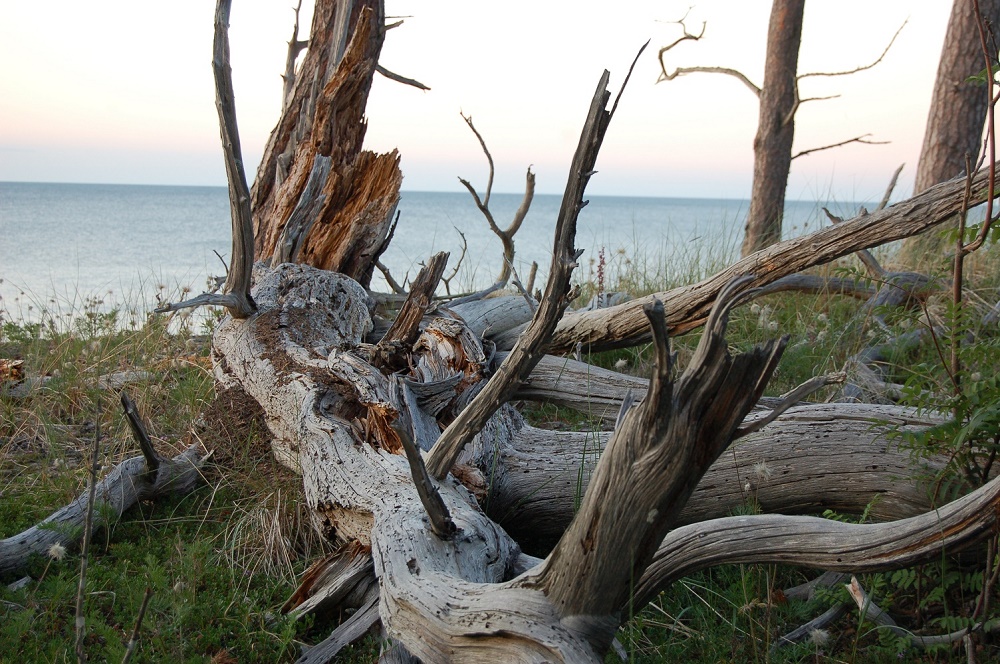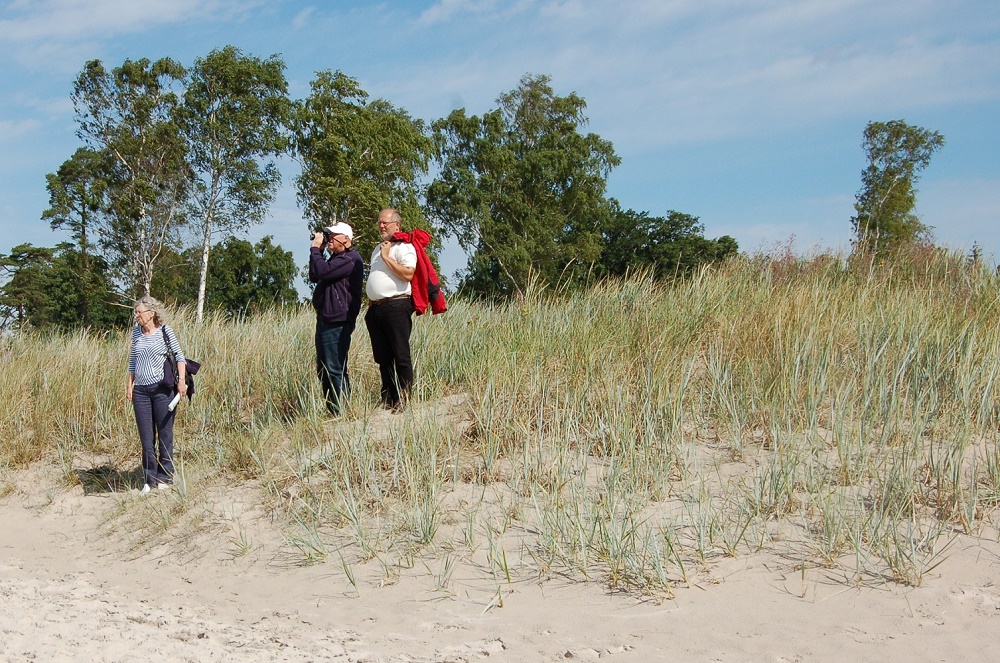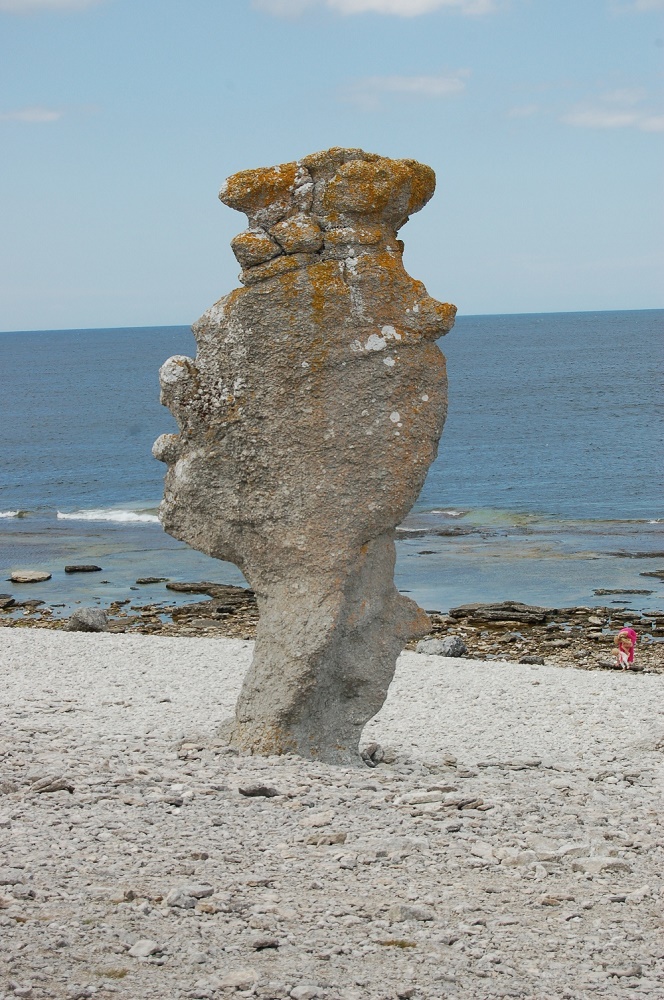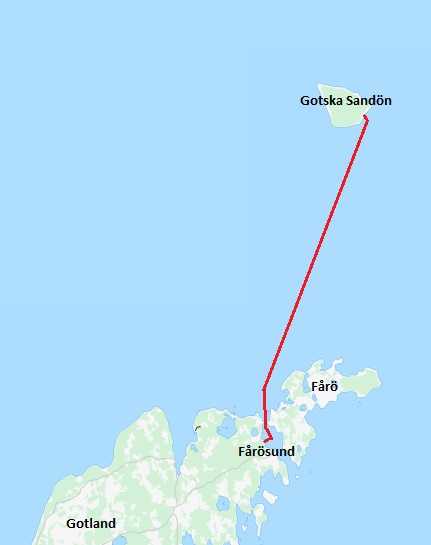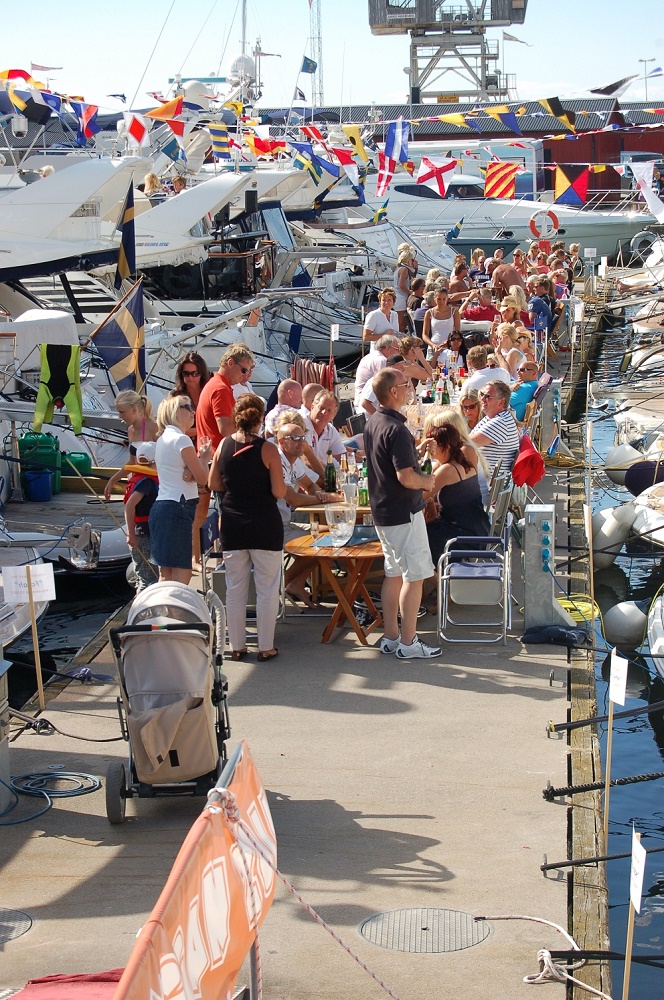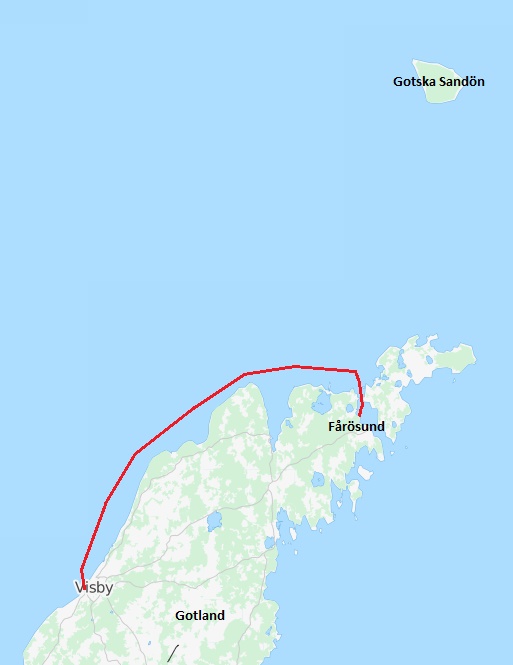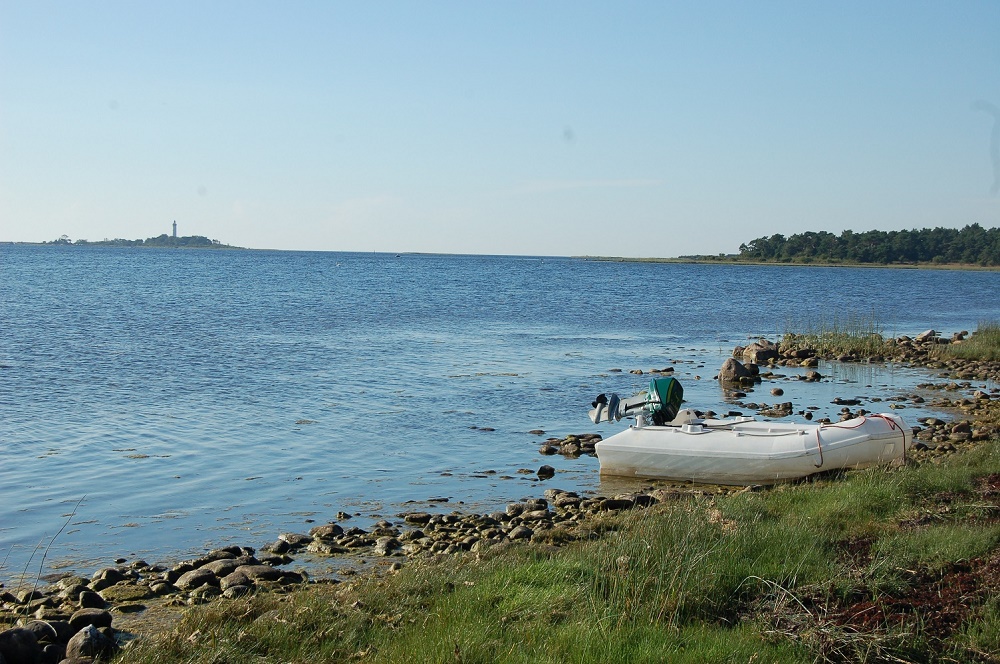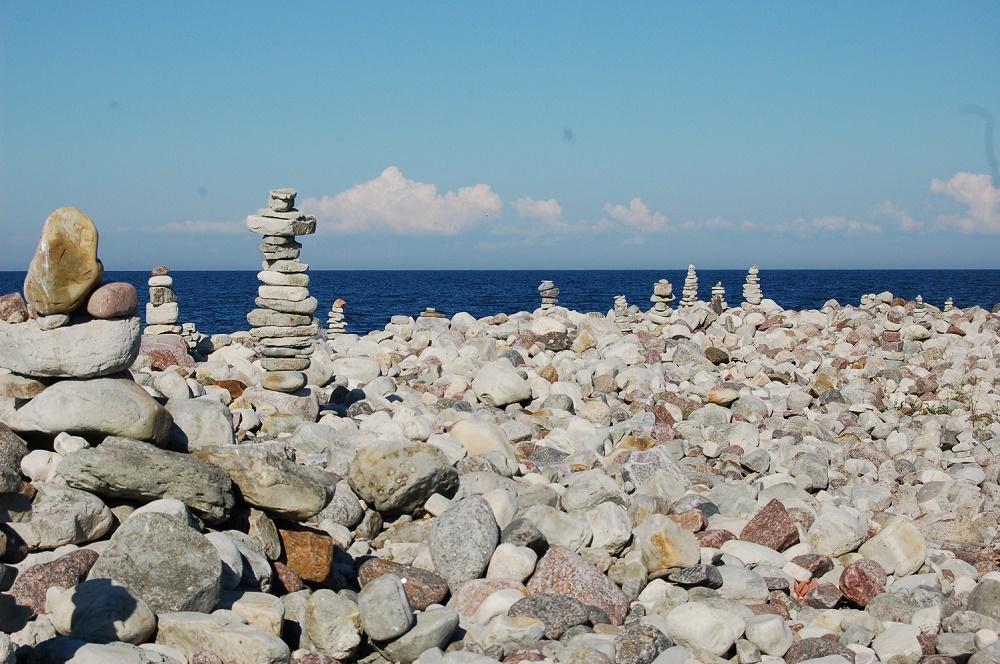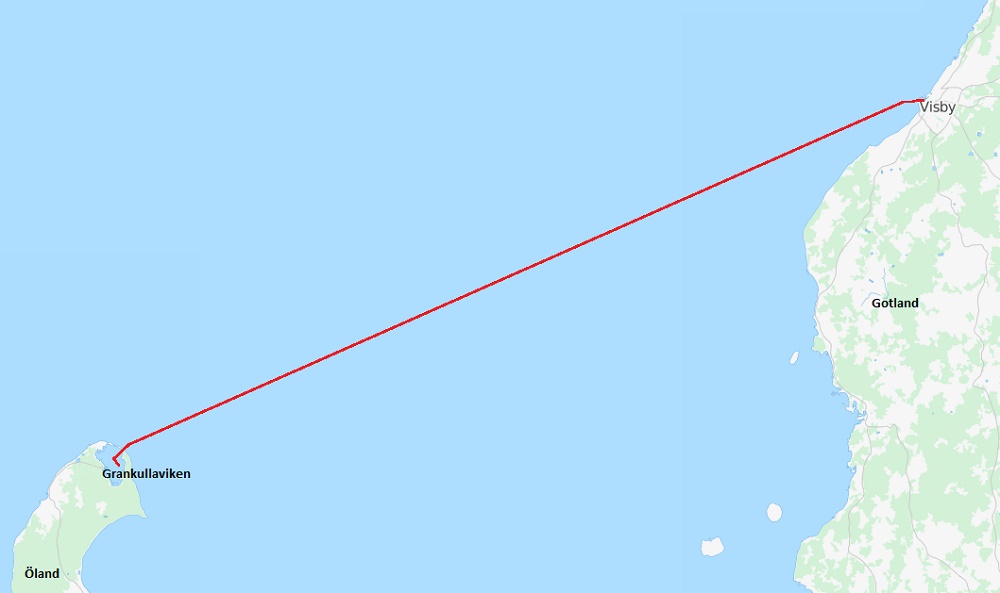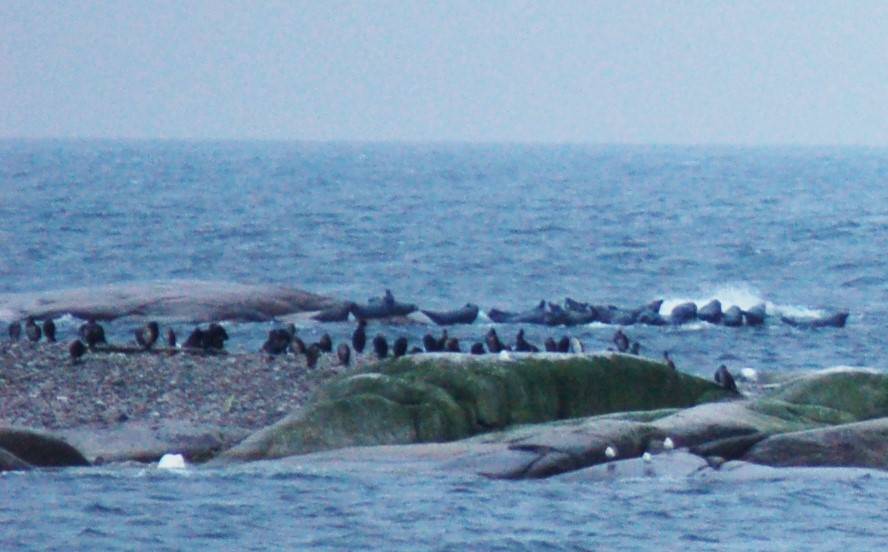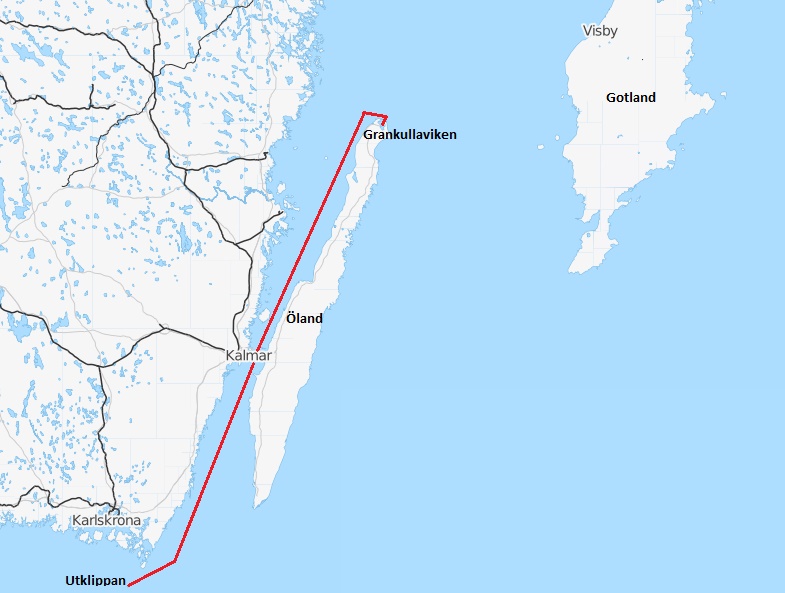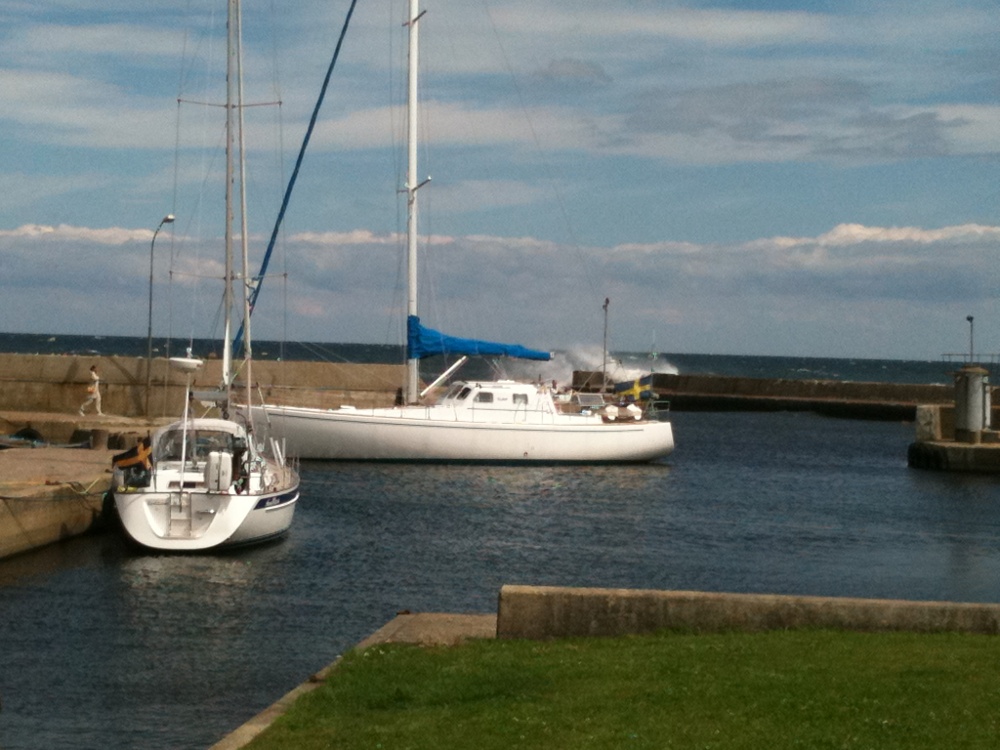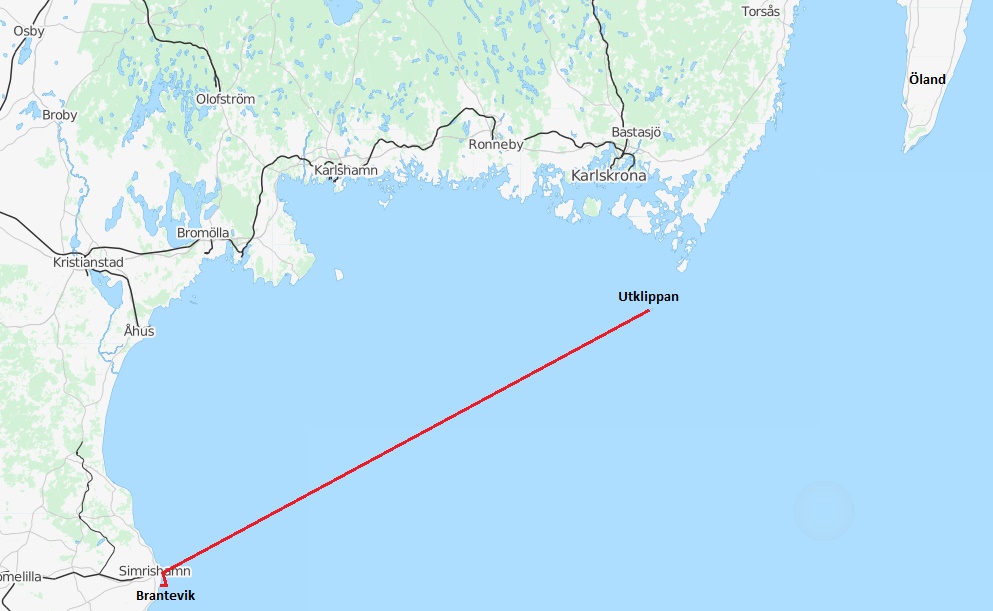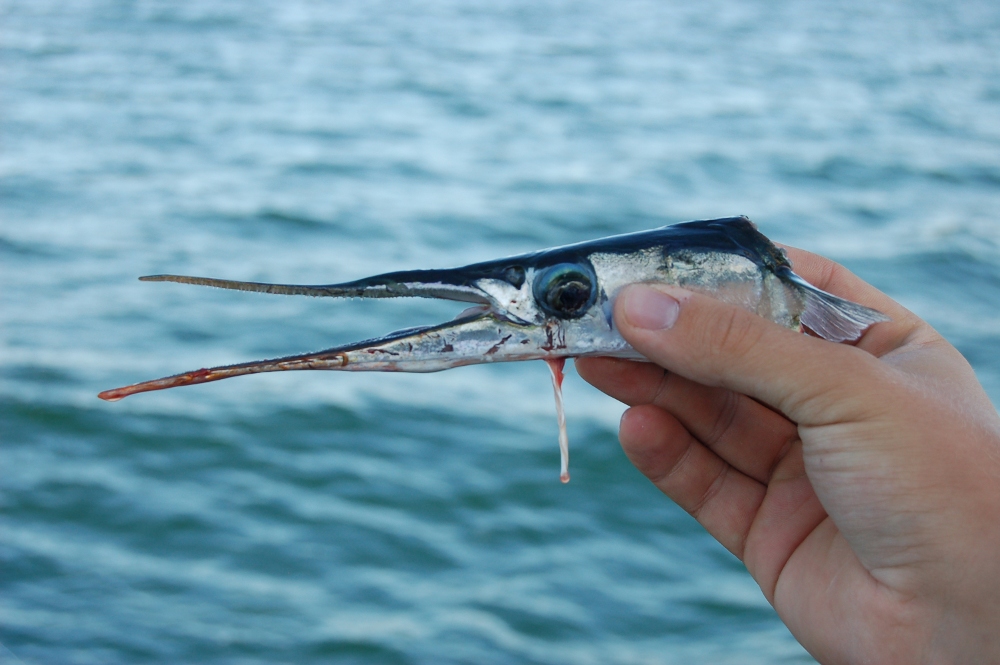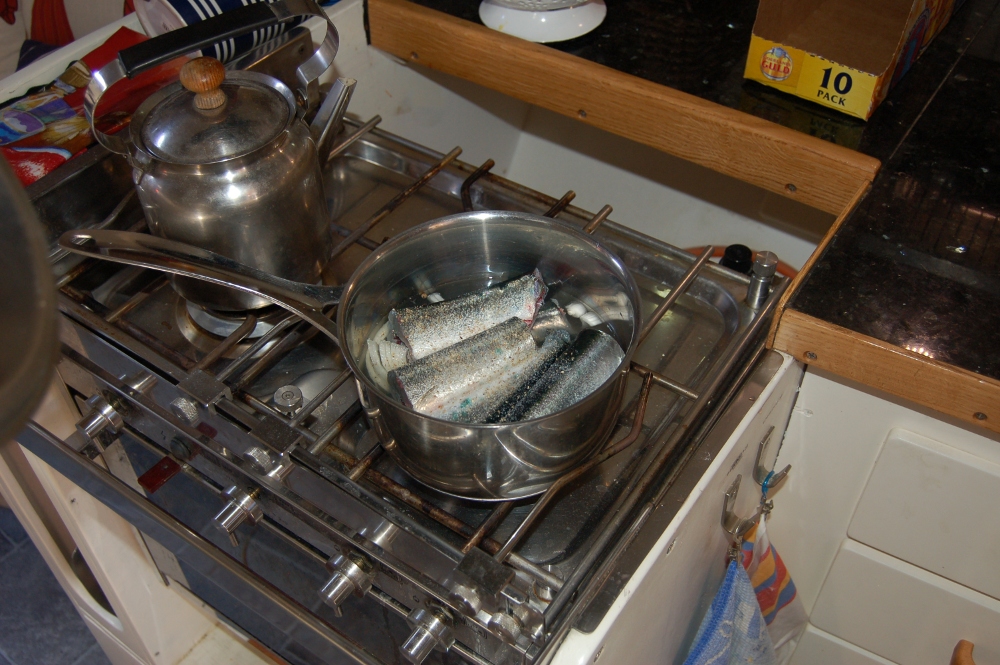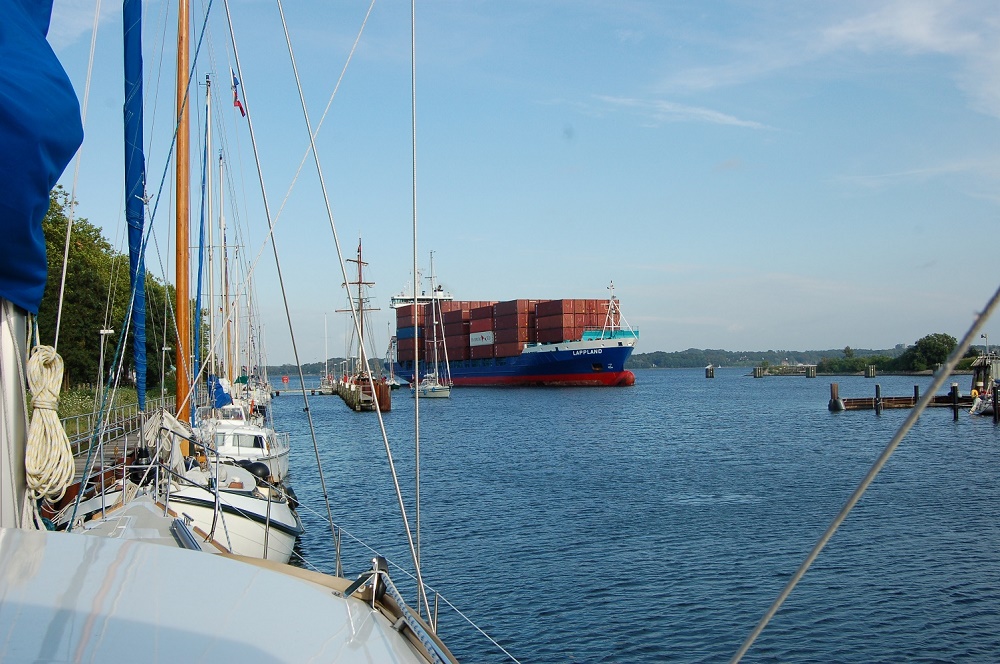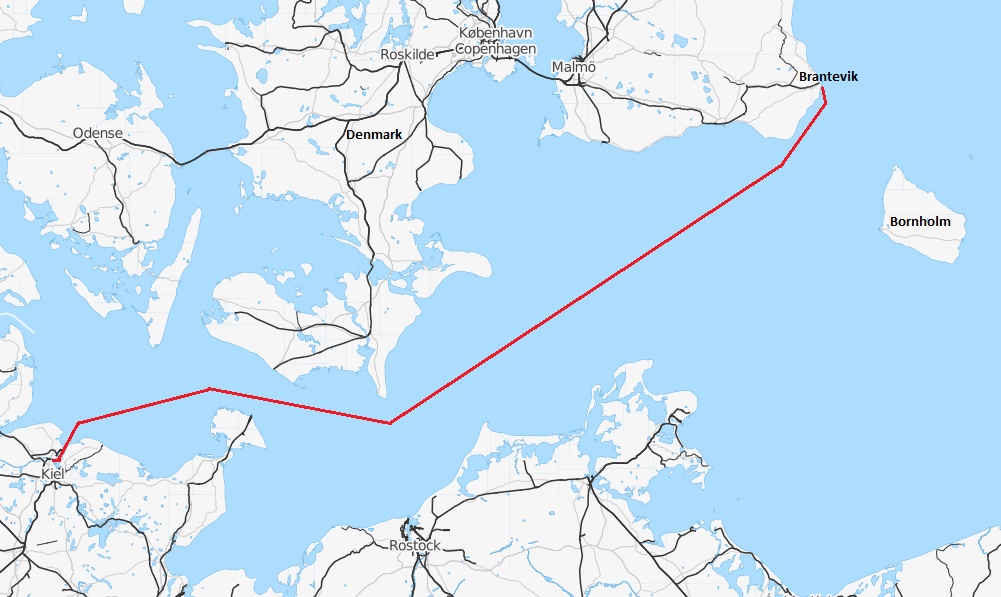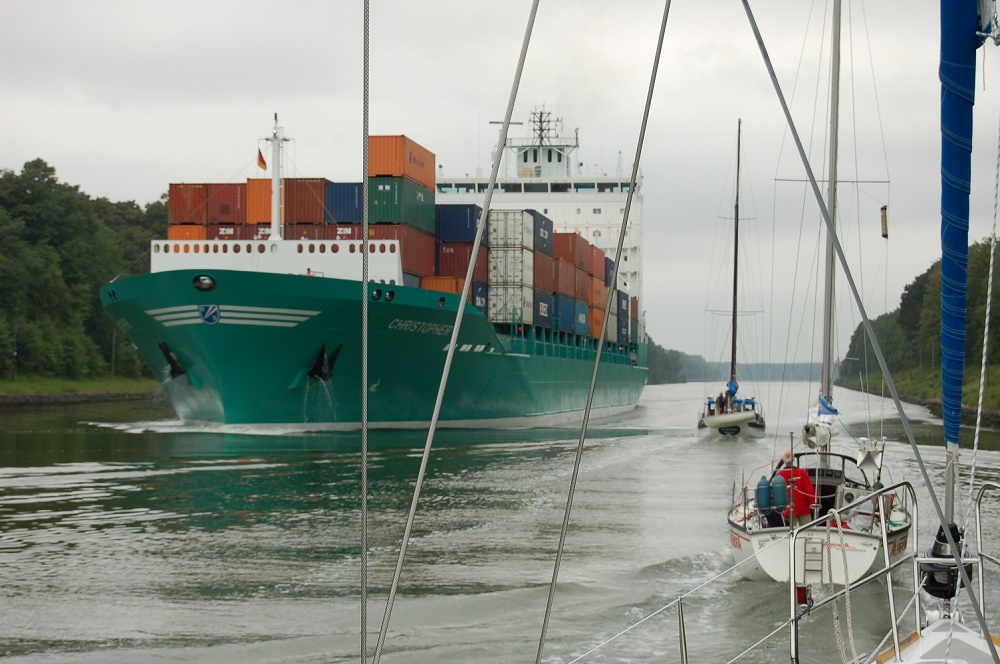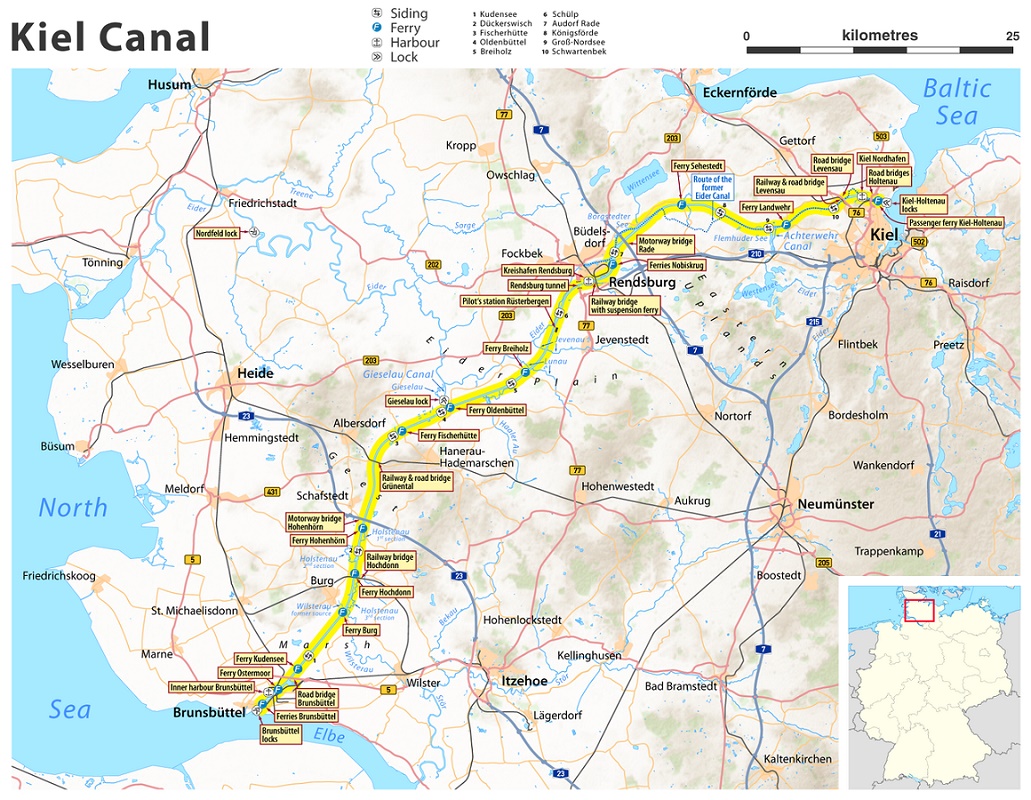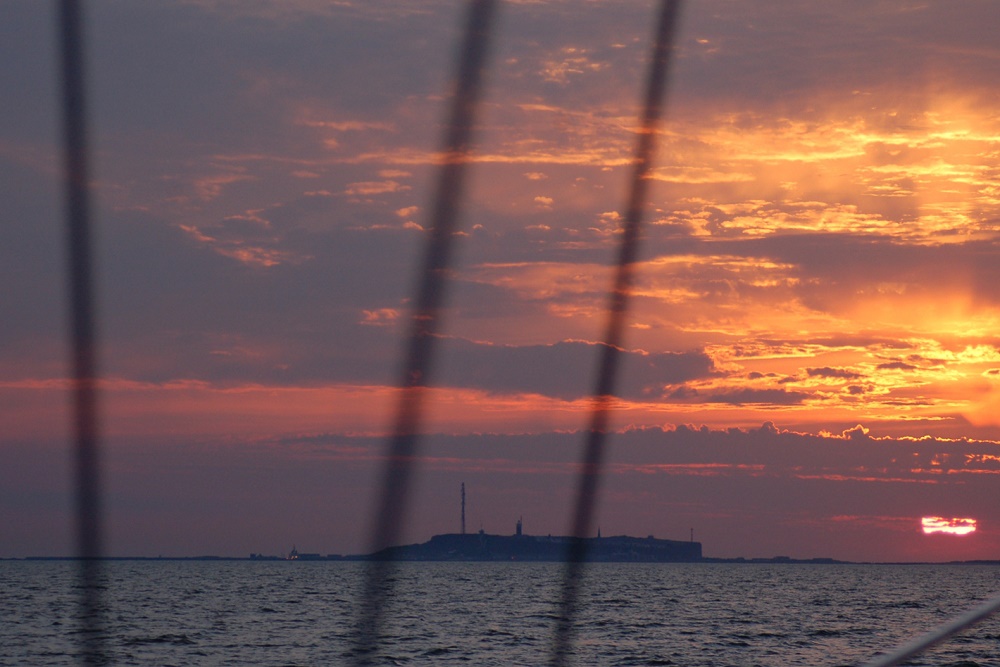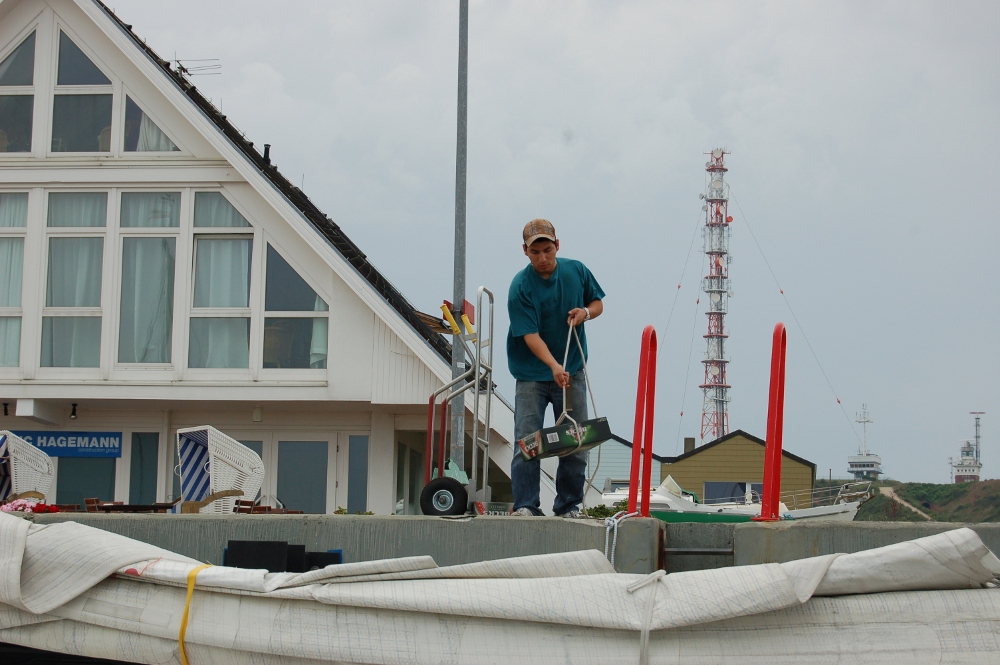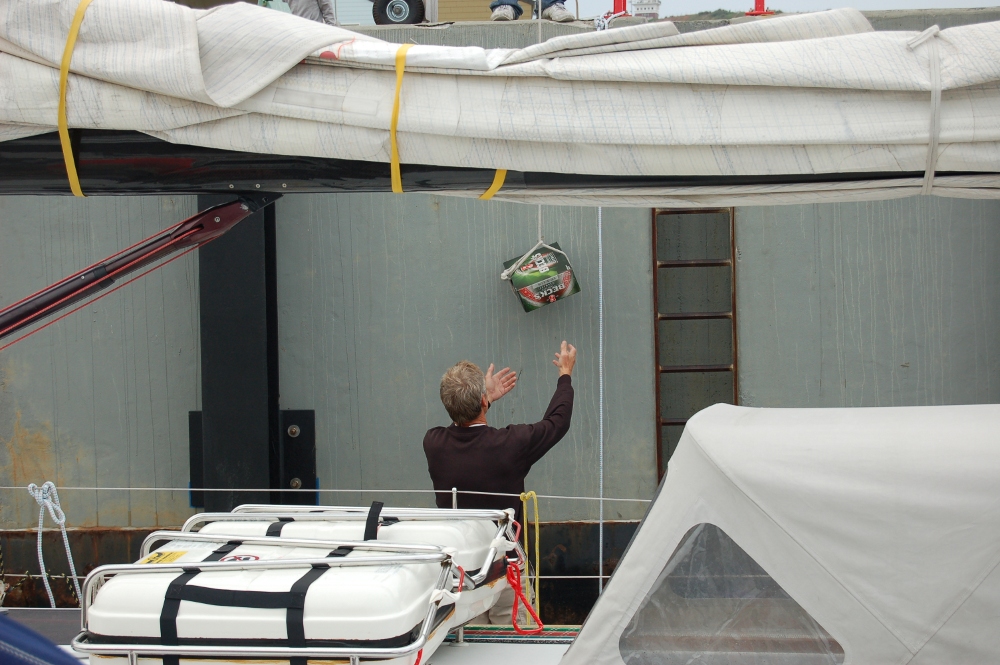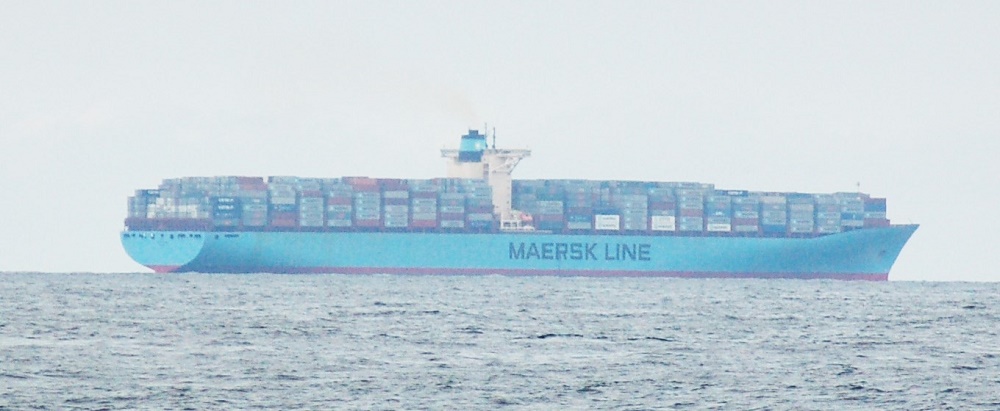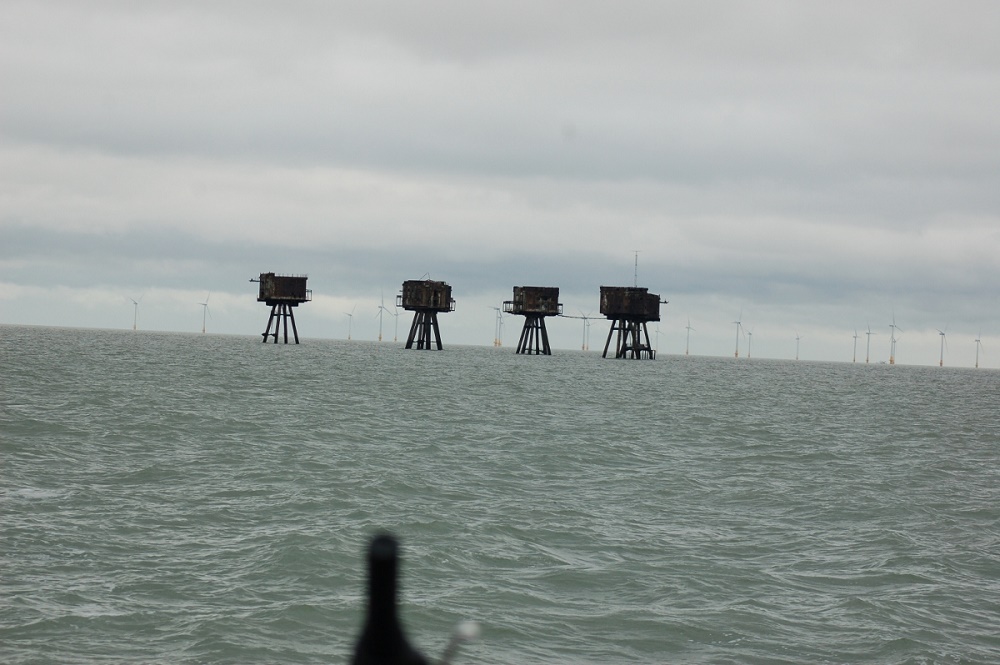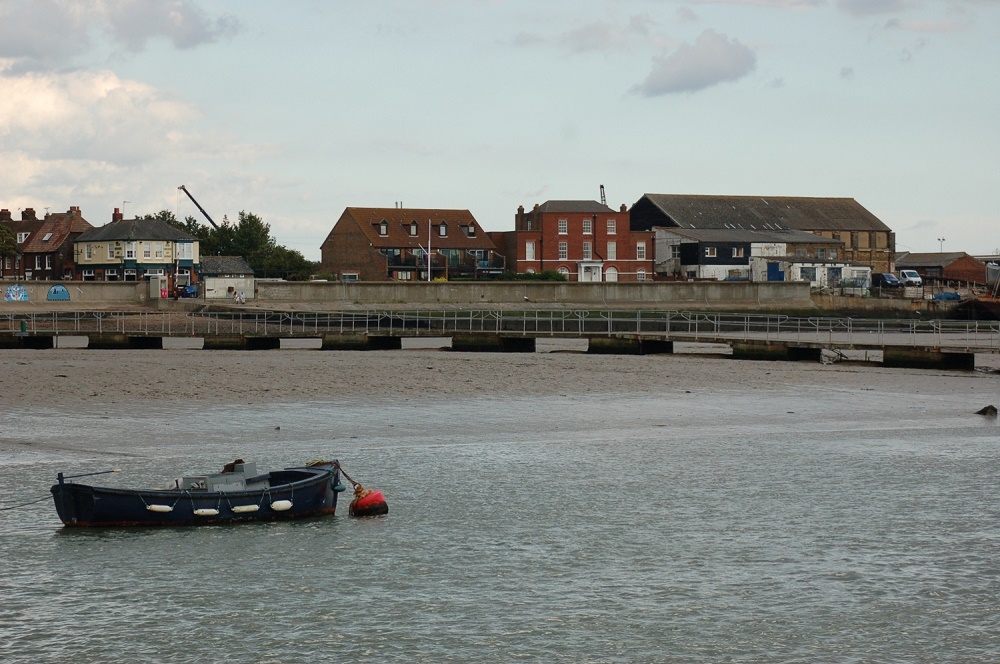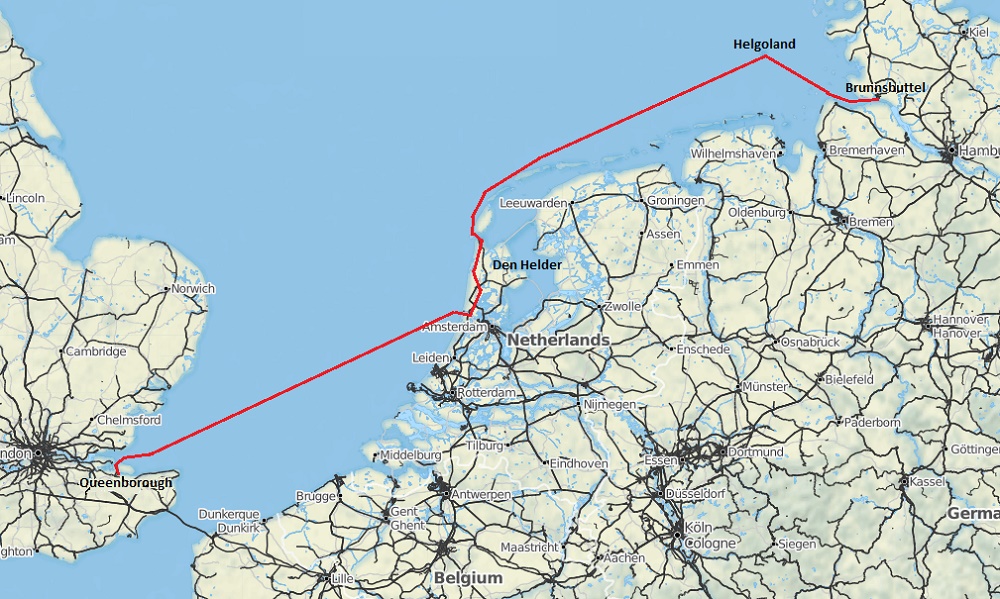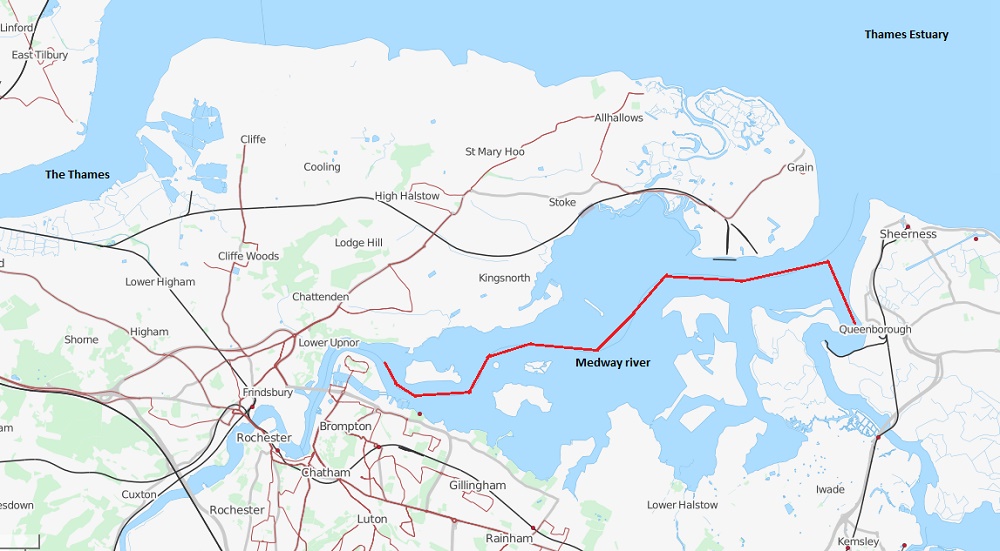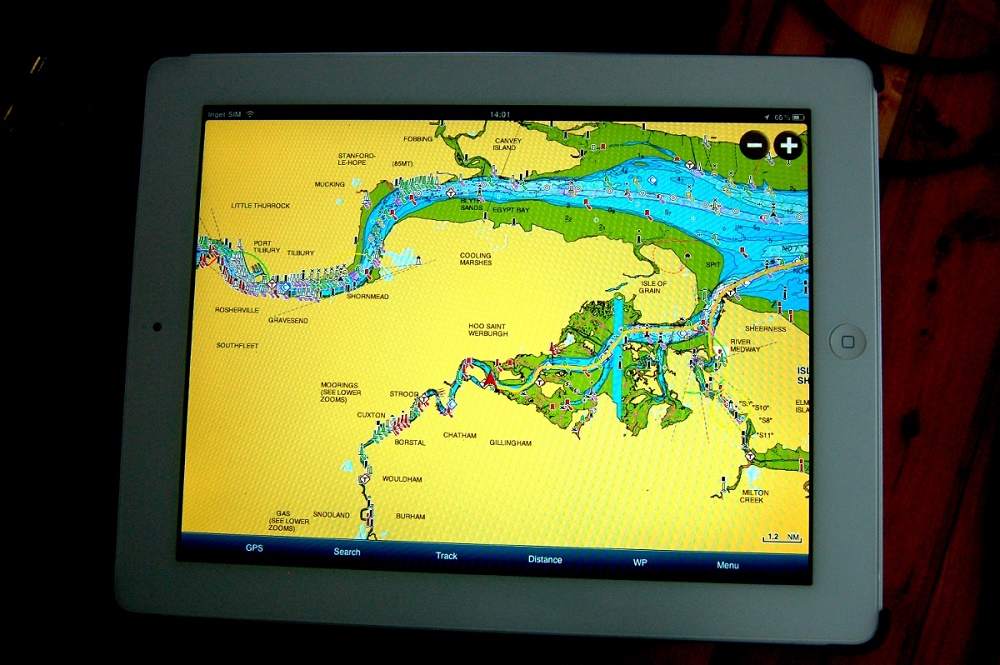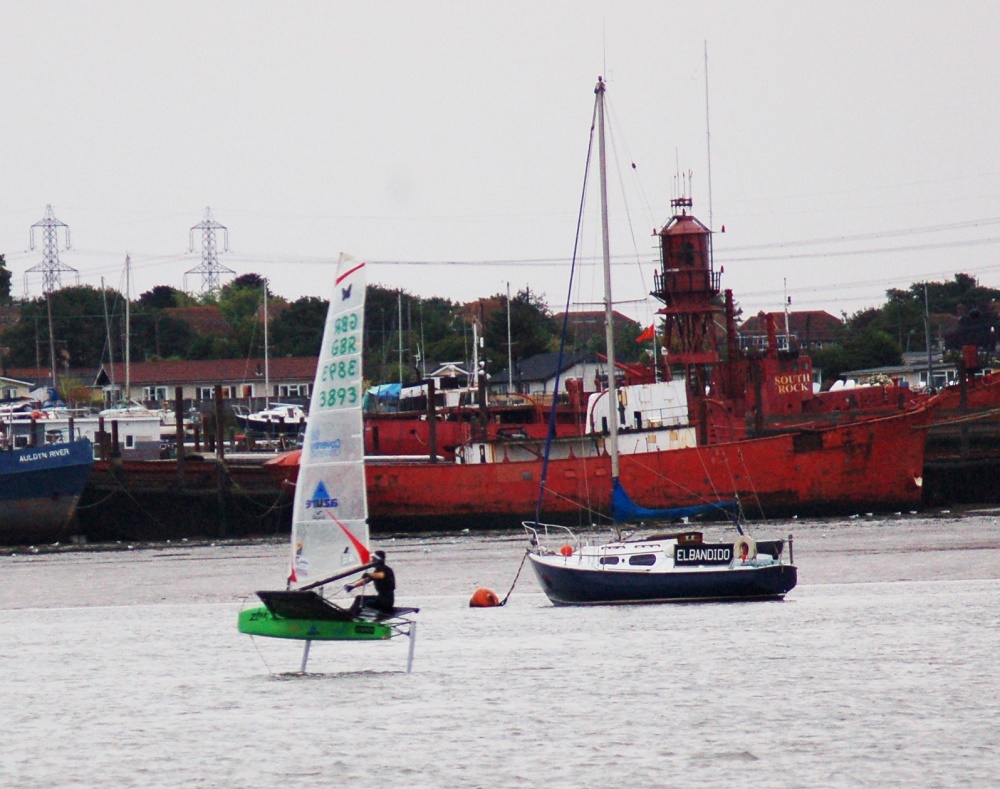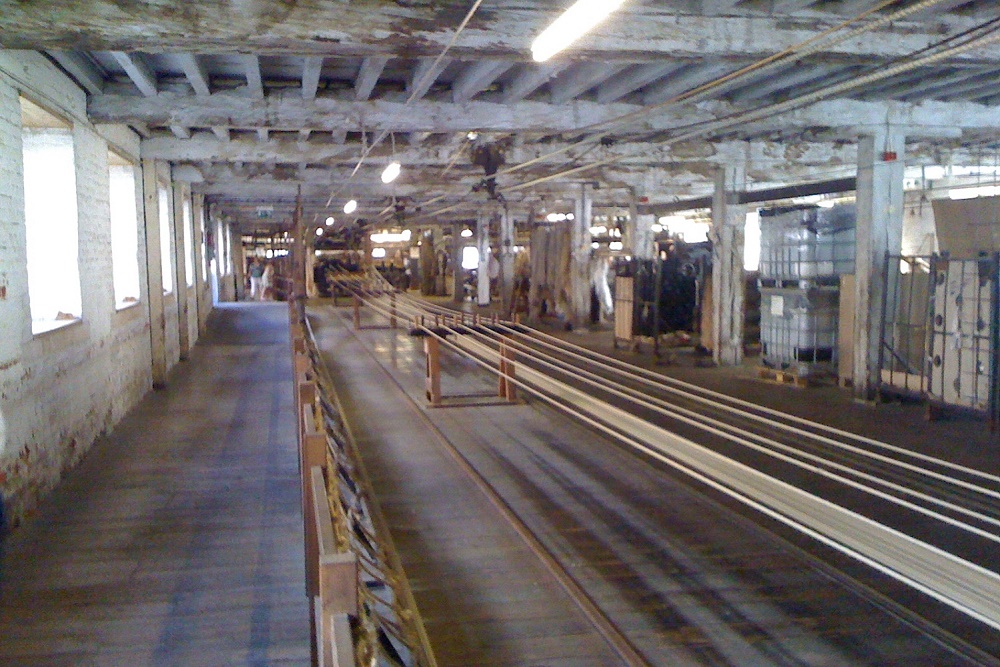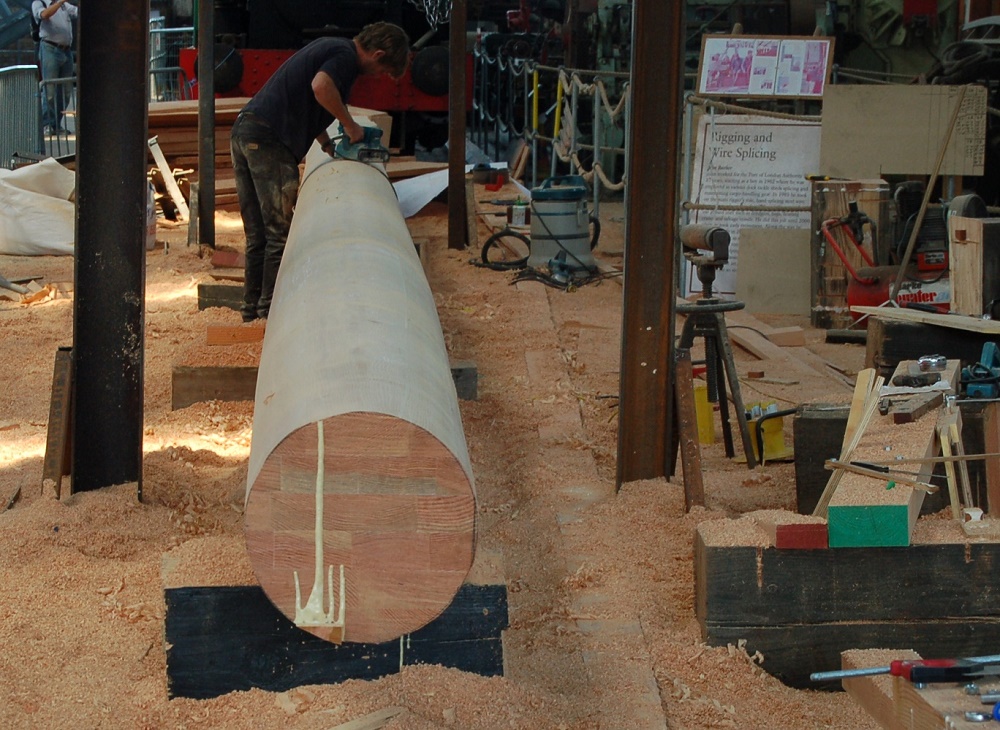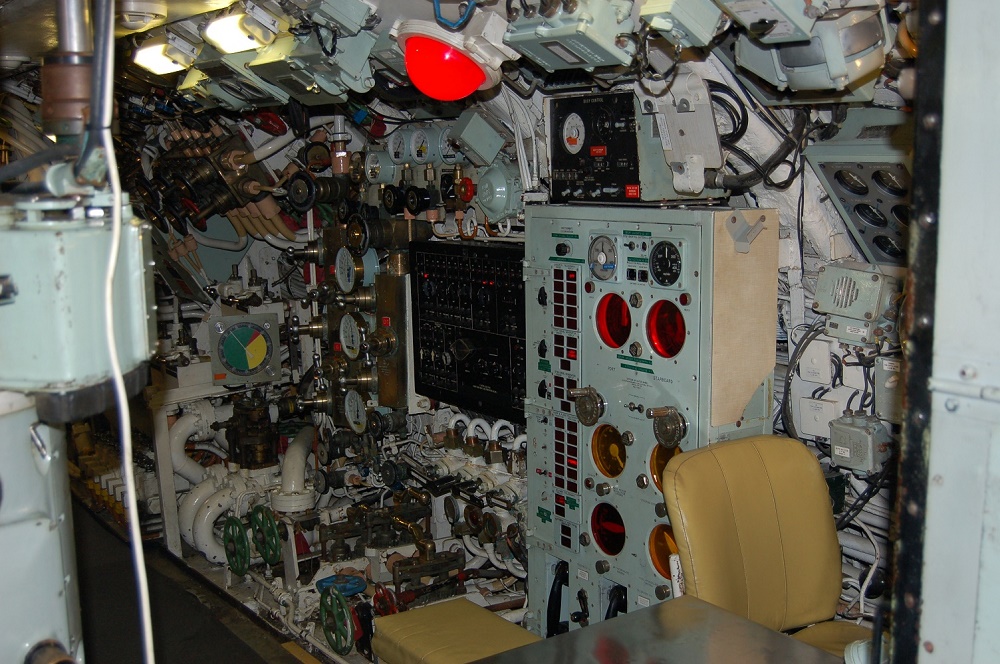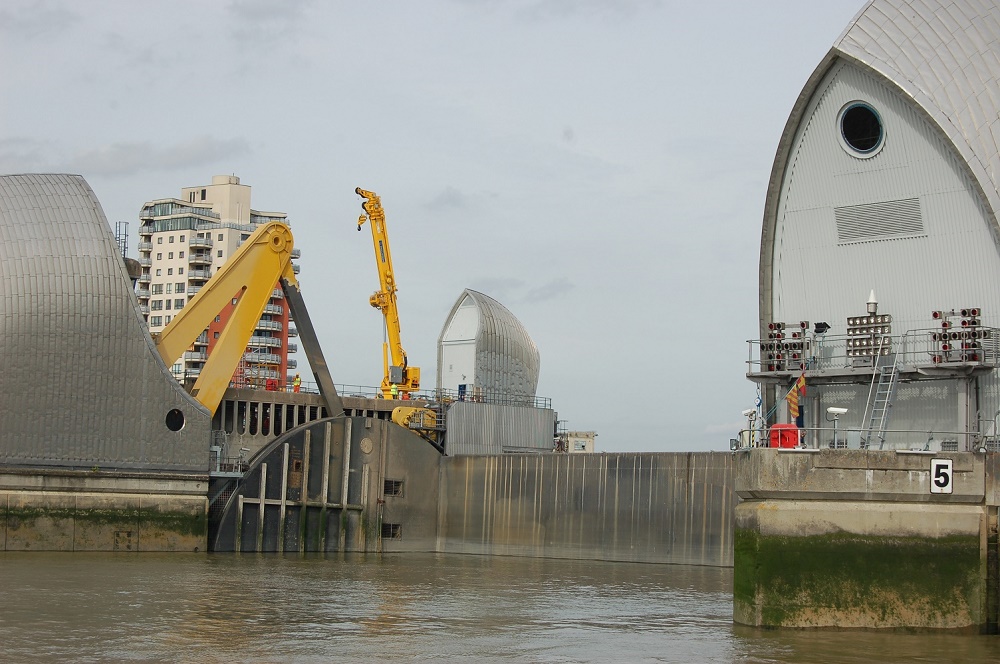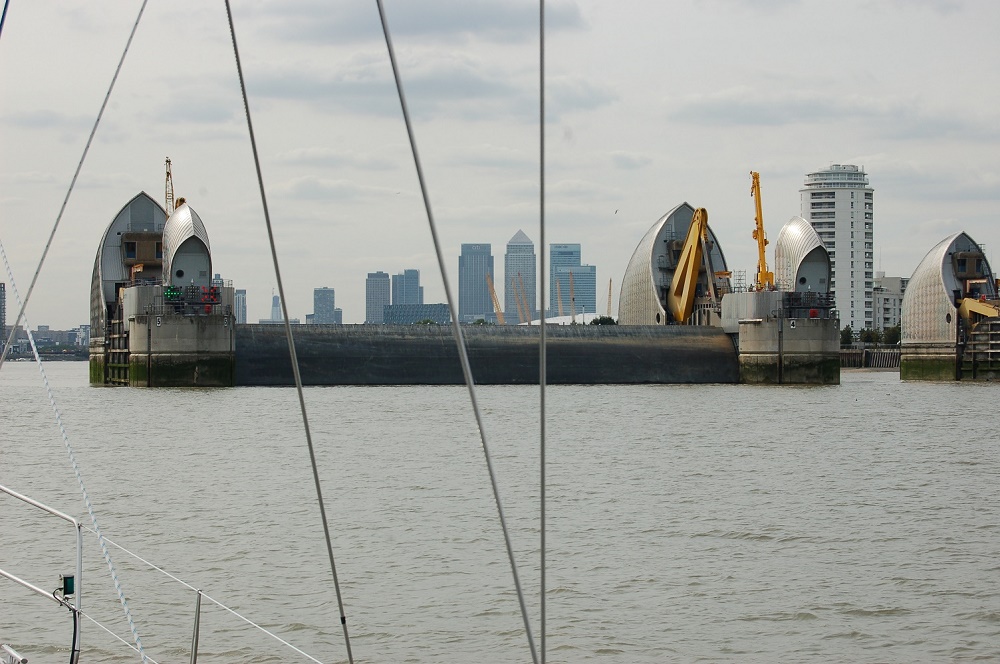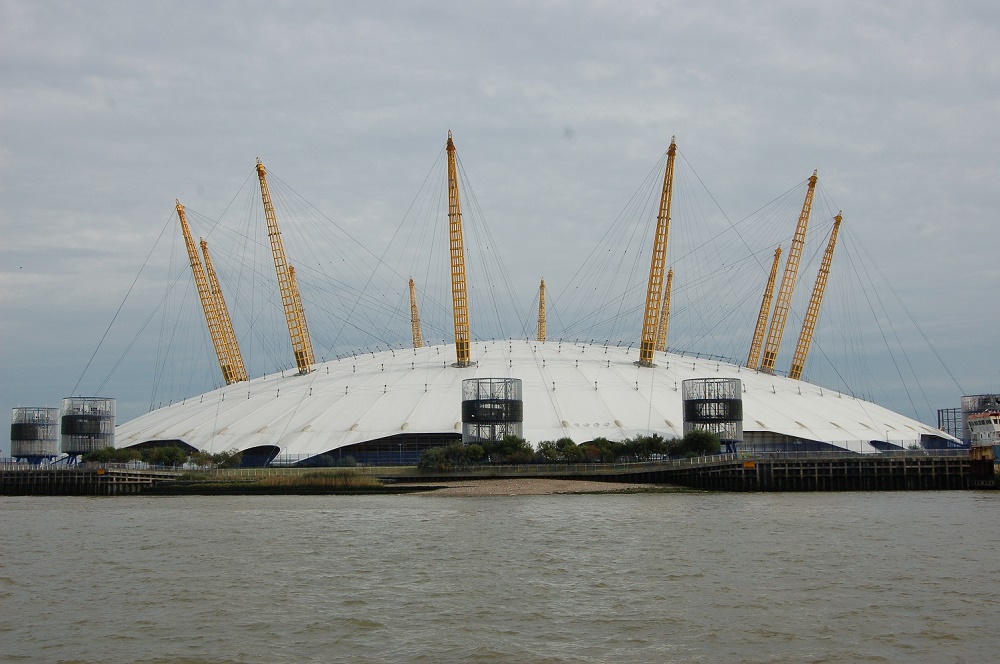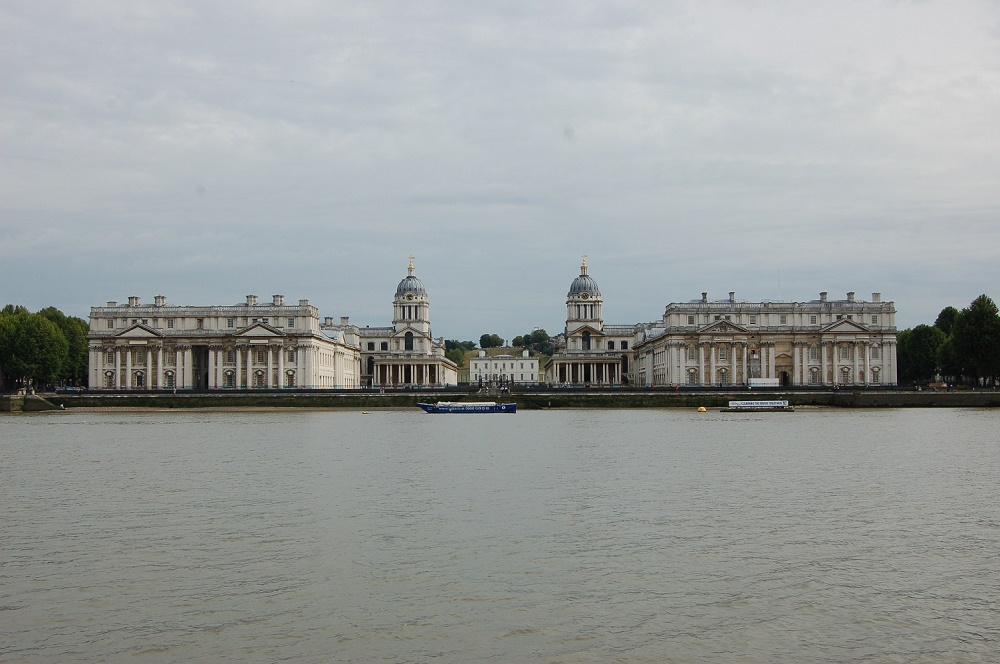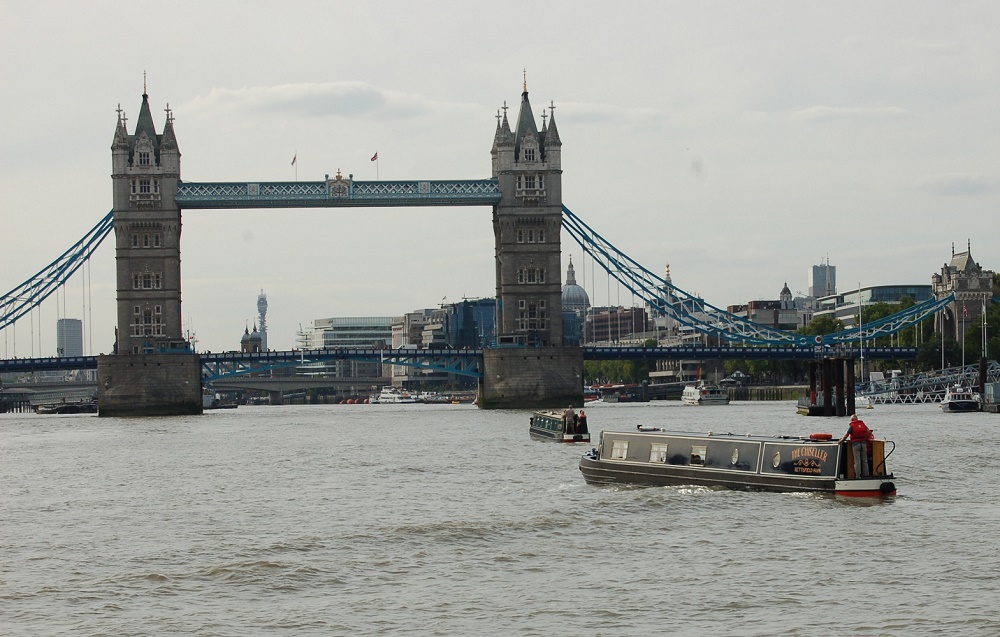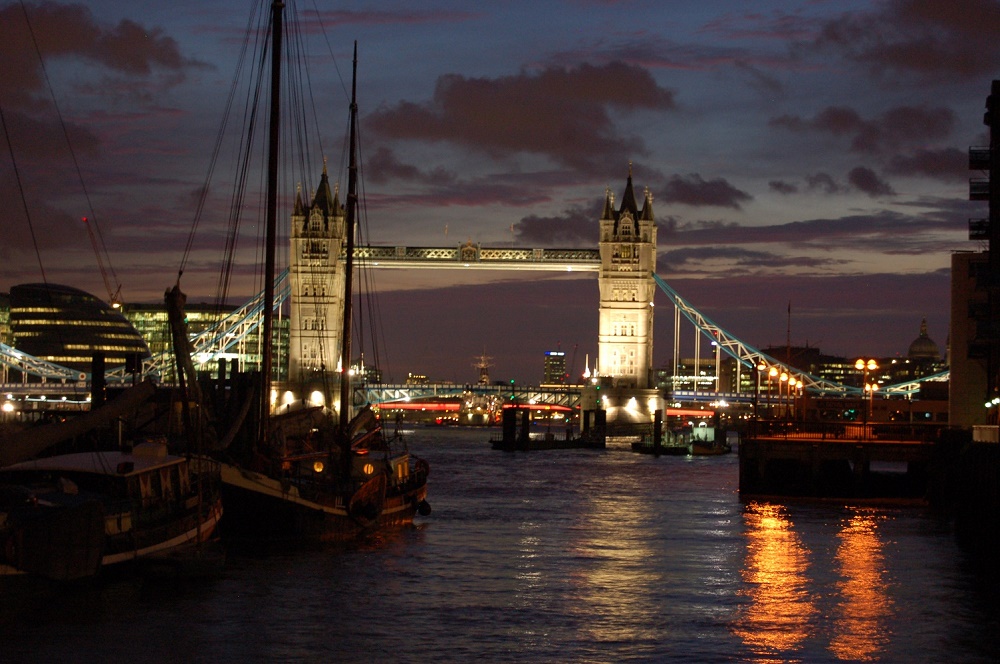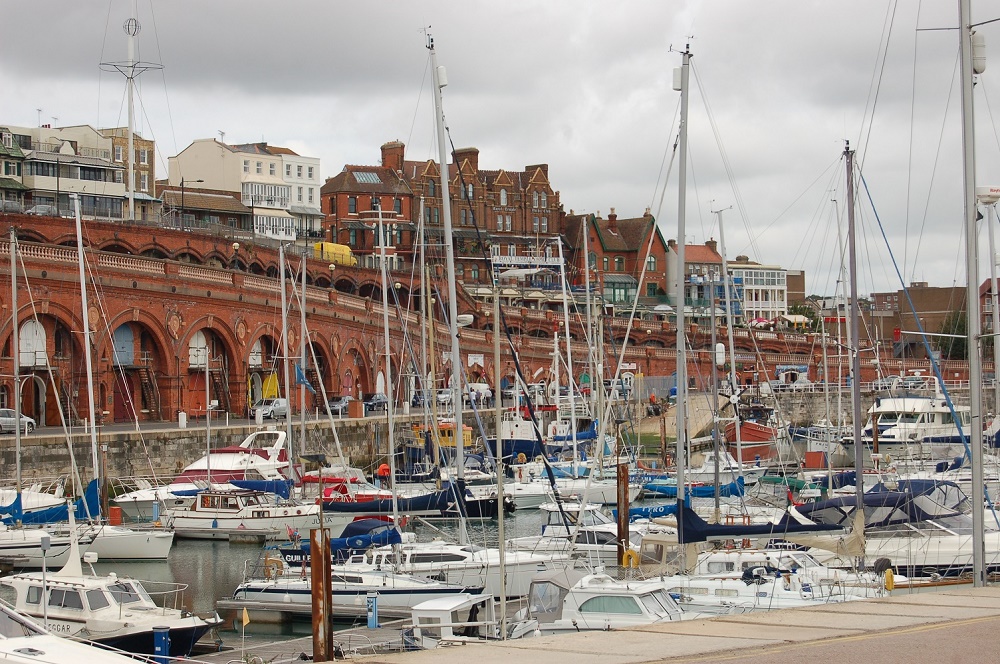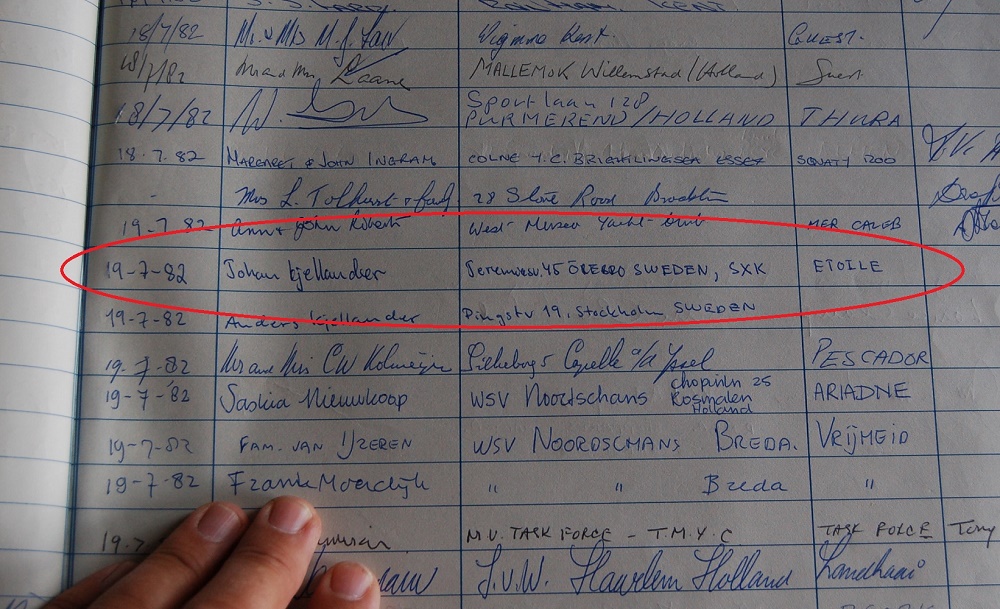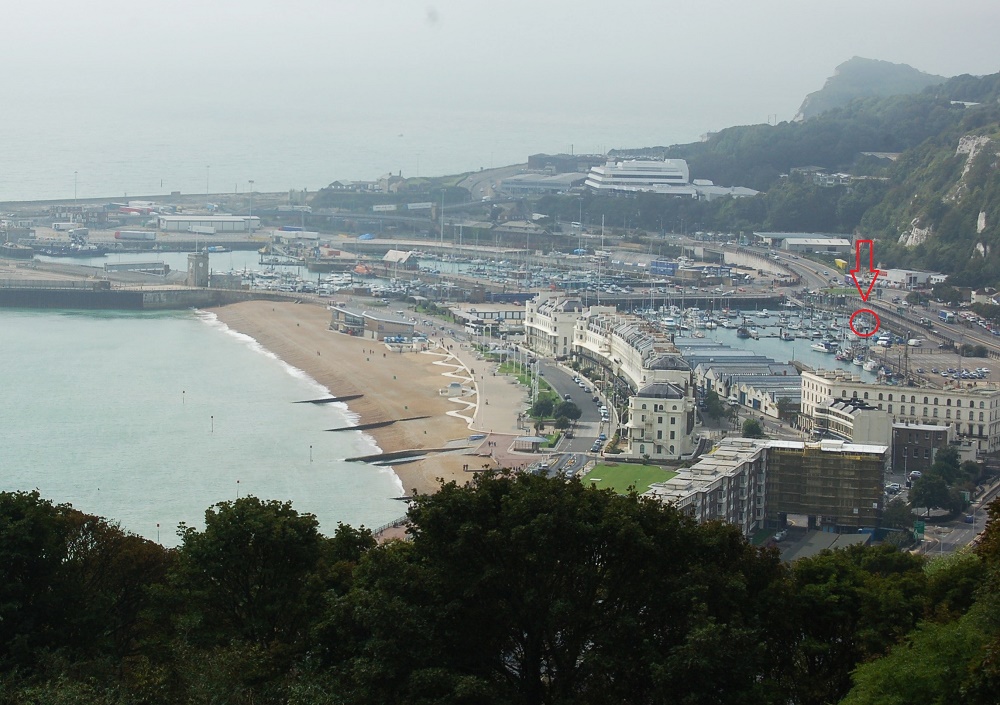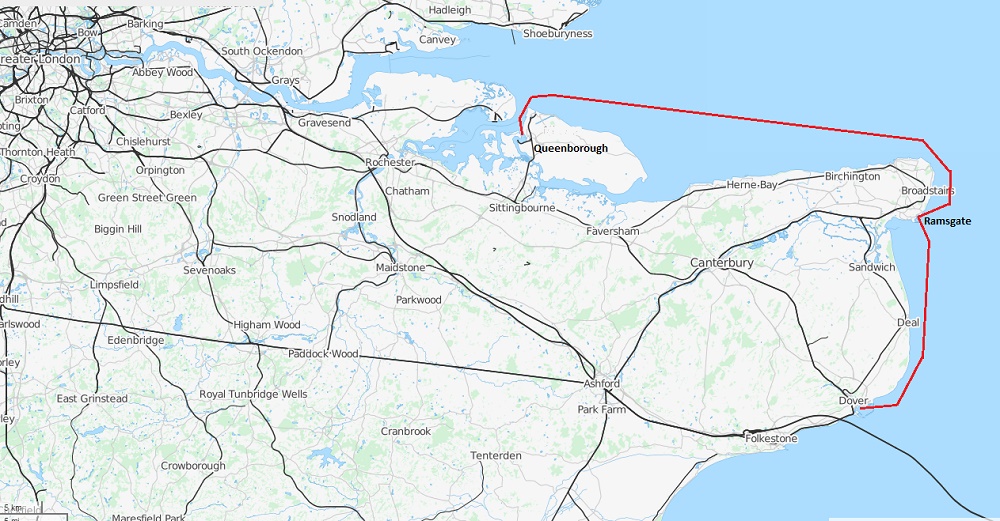
 2011
2011


To England
Baltic, Kiel Canal, Helgoland, Dutch Canals, London and Dover, by Johan Kjellander 2011 - 2014
In 2011 we left Sweden. For how long, we didn´t know but I was now half time retired and Martin finished with high school so the two of us had plenty of time. Tove was still working full time so she had only the usual 6 week summer holiday. Gustav had a job during the summer so he could only be with us for a week.
Gustav joined us to the south of Sweden and Tove was with us all the way to Queenborough in England. Martin and I continued to Dover where I left him with Bird of Passage in October. Tove and I spent three weeks around Christmas with Martin in Dover and then once again he was by himself until I returned in March 2012 when the voyage continued.
Winter and spring in Örebro
2011 started with very cold weather and a lot of snow, just like the year before. We lived in the boat, on land and worked inside with the last preparations before leaving Sweden for many years of cruising abroad.
A clear morning with no clouds is usually extra cold. Birds that stay here for the winter need lots of food to keep warm. If you put out something for them, it won't take long before they find it. Above on the pulpit is a Blue Tit couple. Our cat, Korven, usually likes birds but now it's too cold. Instead she explores all the interesting places inside the boat.
Spring came in April and we launched in the beginning of May to continue the preparations in the water. One job was to construct a Bimini over the bridge deck.
It was also time to say goodbye to many of our friends in Örebro. To the left is the chairman of the boat club, Lennart Kroon. In the middle is Hannah, with Tommy and Kerstin on board and to the right is Janne in his beautiful mahogany skerry cruiser from 1919.
Martin had lots of fun in the water with his red Jerry. He also tried the 15 hp outboard from the Jerry on our dinghy and that proved to work fine. Above is Martin and Tove in the Jerry, Martin and cousin Karin in the dinghy and finally Martin and Fransson in one dinghy each.
From Örebro to Kiel
Outside Örebro, in Essundet, an electric powerline is too low to pass with the mast on, so last year before entering Örebro, we took the mast down in Hampetorp. It was now time to go back to Hampetorp and put the mast up again.
Gotska sandön through an airplane window, photo by Skistar © Public Domain
In the beginning of July we left lake Hjälmaren with Bird of Passage for the last time. The plan was to take her to England and leave her there with the oldest son aboard. Tove and I still had a few years left to retirement and had to be home for work during winter.
We left the Swedish mainland through Södertälje canal and headed for the island of Gotska Sandön, 20 NM north of Gotland. Tommy and Gunilla came aboard in Södertälje and made us company.
Gotska Sandön is a fantastic place. I was here 1983 with my Trawler Etoile and now almost 30 yers later nothing had changed. The island is a national park and therefore protected by law from exploration. There is no harbour, no buildings and no people, only a few hikers, a seal colony and a lighthouse.
Next day we continued the 20 NM south to Fårösund, the sound between Gotland and Fårö. Gotland has an interesting geological story. Here is one of the magnificent coral remains from old times, a 15 meter high Rauk on the north part of Fårö. Somebody said it looked like me !
We rented a car and spent a day on Fårö before we continued south to Visby, the capital of Gotland. During summer lots of tourists visit Visby. A special event each year is Stockholmsveckan when a group of jet set people from Stockholm in big motor yachts invade the marina. They usually book a whole pontoon and the party goes on day and night for one week.
Visby has good communications with the Swedish mainland, so here is a good opportunity for crew exchange. Tommy and Gunilla left us and instead Gustav with friend came aboard. We then left Gotland for Grankullaviken which is my favourite anchorage in this part of the Baltic. On the west side of the entrance is Långe Erik, the light house. On the east side is a beautiful stone desert followed by nature reserve Trollskogen (Troll Forest) where pine trees grow in strange shapes. It reminds you about Gotska Sandön and Fårö but still different.
After that we headed for the very small island of Utklippan where we arrived in rain and strong winds at five o'clock in the morning. Utklippan has a seal colony and lots of birds. The picture above from our visit on Utklippan has both !
The strong winds prevailed. We continued to Brantevik, once the centre of the Swedish sailing fleet. Here is Bird of Passage behind the protecting pier.
Next stop was Kiel in Germany. We tried our fishing line but with strong winds and high speeds the only thing you get is fish that lives close to the surface. One of these is Garfish (Horngädda eller Näbbgädda). We caught two of them and this is what they look like. Tove made excellent fish burgers the next day !
The North Sea
Quickest route from the Baltic to England is through the Kiel Canal that starts in Holtenau, close to Kiel. It saves you around 250 NM compared to rounding Denmark and it is one of the worlds busiest waterways, more than 40.000 ships passed 2008. The picture shows a typical container ship on its way into the lock while we are waiting in the marina.
Kiel Canal map, by Maximilian Dörrbecker, © CC-BY-SA 2.0
The canal is 55 NM long with one lock in each end so it takes a day from Holtenau in the Baltic to Brunsbuttel in the North sea. For more info, see: www.kiel-canal.org
Through the Kiel canal and out into the North sea. Next stop is the island of Helgoland where we arrived as the sun went down. Helgoland is tax free so... Beer is delivered to the boat by rope, check above !
Now we headed for Holland. It's almost 15 years since we sailed these waters and a big change is all the container ships. Here is a really BIG one (Edith Maersk, 397 meters long). Due to continuing strong winds we entered the Dutch canal system through den Helder and went south, spent a few days in Alkmaar (very nice) and continued almost all the way to Amsterdam before we turned west and came out into the North sea again.
Medway river and London
From there we set the compass for the Thames Estuary east of London. Be aware of wind farms! Also, watch out for the old forts ! We headed for Medway river on the south side of the Thames Estuary and found a boy at Queenborough. Four meters of tide !
It was August, we were now in England and it was time to start planning for the winter. We wanted to find a marina that we could afford. There are many, maybe fifty within 50 nautical miles. One is Gillingham Marina 6 miles upstream in Medway river, close to Chatham. We took a public boy outside the marina and talked to the manager. Unfortunately he could not let anyone live aboard during the winter but he was very nice and offered us to lock into the marina to land our dinghy and leave our bicycles for some days without charge.
One thing we needed was Internet. We took our bikes to Chatham and found a shop from the 3-network, same as we had in Sweden. Since we did not have a permanent address in UK we could not get a contract (abbonemang) but “pay as you go” - sim card (kontantkort) was OK. We payed 50 pounds for a sim card valid for 12 gigabytes of download under a maximum of 12 months. Back to the boat we put it in the USB-dongle connected to our Dovado UMR router. Worked directly. WI-FI on board for all computers, me and Martin even played World of Warcraft last evening. I'm really glad we installed the external GSM-antenna and unlocked the modem before we left Sweden. We now have really fast and good Internet access.
One of the computers on board connected to our WI-FI is our new IPAD-II. We bought it shortly before we left Sweden and have also bought Navionics digital charts. An IPAD costs approx. the same as any normal plotter or navigator but is so much more versatile. Navionics digital charts for the IPAD cost practically nothing compared to charts for “real” navigators or plotters. An IPAD can browse the internet, it can take photos and film, it has a built in GPS, google world, maps and so on.... Here is a screenshot of our current position ! On a boat like Bird of Passage where all navigation is done inside the boat an IPAD is really fantastic.
We are now sending e-mails to the marinas in the area to find out about prices etc. Meanwhile we can study the locals sailing the Medway river. Here is one! First time I saw a boat like that. Tomorrow we will visit the Historic Dockyard of Chatham with full size warships and a lot more.
The ropery was interesting. Full size, meaning that you need a very long building. To make a rope the length that was needed in old times, you need a building 600 meters long! In another house a new mast was being built for one of the old warships. I was surprised to see them using polyurethane glue. I thought they would be using epoxy. One of the ships is a submarine from World War Two. A lot of technology in very little space.
One of my dreams has always been to travel up the Thames to London as far as possible. We investigated the issue and found that it was possible to go all the way up to the Tower Bridge in the very centre of London, with our air draft. You can even pass Tower Bridge when it is open but shortly after comes the first low fixed bridge.
The tide is strong in the Thames. London has been flooded many times and to prevent this a 20 meter high mechanical barrier was built 1982 that can quickly be closed and stop a flood wave. On the left picture above you can see a closed section of the barrier. The gate closes by rotating 90 degrees. Most sections of the 500 meter long barrier are normally closed but there are openings that permit traffic to pass. We were instructed by radio which opening to use.
The Millenium Dome, is one of many spectacular buildings along the Thames. Another is Greenwich University close to the Greenwich observatory where the Zero Meridian passes.
And then finally, the Tower Bridge and my dream was fulfilled. We found a marina here, called The Hermitage and we stayed for a couple of days to see some of London. A lot of swell daytime caused by the traffic on the river, but calm and nice during night.
Wintering in Dover
We now recieved a mail from the Port of Dover with information about their marina. It seemed well protected for winter storms and they had a discount for long time visitors that was generous. We left London, stopped by in Queenborough a few days and then caught a nice northerly to take us to Dover.
While on our way I suddenly remembered that close to Dover is Ramsgate, which me and my brother visited 1982 in my Trawler Etoile. I then wrote my signature in the guest book of the Yacht Club. It would be interesting to see that club again, maybe even see if the guest book was still there after almost 30 years. It was quite a surprise but I actually found it and I even found my signature, see above !
From Ramsgate to Dover is only 15 NM. We had a reservation in the most protected part of the marina, Wellington Dock, only open at high water. Perfect to stay over winter. It turned out we were not the first Swedish boat here, S/Y Ariane af Stockholm with Käthe and Bengt had already been here for a year and were planning for one more. Bengt has designed their boat himself and also done a lot of the construction work. A 16 X 5 meter steel yacht with all equipment you could ever think of. We had a lot to talk about !
It has been a fantastic journey to build Bird of Passage but that journey is now over. After almost 15 years we are now sailing again and that is something different. Today is the 18:th of August 2011, Tove left a few days ago to go back to work in Sweden and this year we have sailed about 1200 NM. Martin and I have found a good winter harbour for the Bird and I will also return to Sweden for work during the winter. Tove and I will visit Birdie by car over Christmas and next spring we will continue south or maybe north through the Caledonian canal first...There is so much fun to do !
